|
Culture in the 1980s is considered to have two categories; official and unofficial. Official cultures refers to the mainstream, more popular values and norms during the time period. Ideologies are integrated into society to reflect what was considered to be acceptable and popular by those in power and authority. Unofficial authority refers more to the minority and the rebelling of official culture; going against the status quo. Here is a visual mood board outlining differences between ‘official’ and ‘unofficial’ culture: Examples of official culture include the typical neat clothing styles, popular music culture such as Michael Jackson and Madonna and the politics of the times led by Margaret Thatcher.
Unofficial culture examples include much less mainstream fashion choices, such as bright hair and bold, grunge looking clothing.
0 Comments
Herb Lubalin
Due to not being given a blog task for this session, I chose to do look a little more into Herb Lubalin's work who was an American graphic designer. He is most well known for his creation of the 'Avant Garde' typeface and his iconic logo designs, loving the way he could express the meanings behind words by using different fonts. He specialised in poster and magazine design, as well as packaging and creating identities. He is also well known for his collaborations with Ralph Ginzburg on his magazines 'Bro', 'Fact' and 'Avant Garde'.  Historical Context/The Rise of the Counterculture in the USA America profited from the war.; soldiers came back from the war to a different world feeling like they didn't fit it. As a result, the 1950's saw the invention on the teenager, rather than children growing up to be their parents. Protest then came about due to the combination of liberal values, affluent, time-rich youth and conservative politics. New powerful youth began producing stuff for this new audience of hedonistic people, creating a whole new set of artists and designers. One example was though music; ground breaking packaging and posters were created to reach this market. Things were slightly different back in the UK, when the 'Swinging Sixties' was occurring, but it was still apparent that the content within art and design was starting to become more drug fuelled and sexually liberated. For the first time artists were designing for themselves and their own generation rather than for clients and corporations. This gave them a huge amount of freedom. However, eventually the world caught up and counter culture was shoaled back to the people who originated it, subduing into the mainstream. Psychedelic Design of the 1960's Things produced initially were thought to be inspired by Art Nouveau but it is also clear that the artists were very heavily influenced by the likes of LCD, especially shown through uses of colour and type. One key figure is Bonnie MacLean, an American artist known for her classic rock posters from the 1960/70s. Her early work is considered to be quite heavily influenced by the work of Wes Wilson, one of the most leading artists of psychedelic art posters, after he quit working for the Fillmore Auditorium and she took over his job. It is clear to see where MacLean look inspiration from Wilsons designs, from the brightly coloured illustrations to the contrasting swirly typography. The shapes of the letters are altered to fit around the imagery, giving off the effect of movement that psychedelic drugs gives. This almost illegible type is a huge technique used by both designers and the influence of art nouveau and pop art is also seen clearly in the contrasts of colour, catching the viewers eye and drawing them in further much like they are 'tripping out'.
Bernie Fuchs Bernie Fuchs was an American illustrator who's created photography based paintings of mundane, everyday moments, creating visual interest through his use of colour and mark-making. He is known for creating unique paintings through his way of changing the point of view of the setting. Lorraine Fox Another notable American illustrator was Lorraine Fox, known for her nostalgic, emotive paintings giving the viewer a glimpse into the everyday world they don't normally notice. Much like Fuchs, she would use unique mark making and play with angles and viewpoints, all in a variety of styles. In response to these artists, I chose to take some photographs of everyday moments, trying to capture the ordinary but in a more visually pleasing/unique way. I did this by taking the images at slightly different angles, to make the compositions more dynamic and possibly help the viewer see these mundane moments in a different, more interesting way to how they would normally expect. In addition, I added a few filters using photoshop to make them more artistic and give them more texture like they are painted.
Fashion editorial storytelling refers to visual photographic stories used commercially and is considered to be a creative way of revealing the attitudes and tastes of the time, as well as woman self image. However, there are doubts as to whether it is to be considered a serious form of art or that it lacks in artistic integrity. After scanning through a few fashion publications, I chose to critique some fashion stories from the December 2019 issue of 'Elle' magazine. The first was called 'The Late Show' and illustrates the best dresses and coats for an audience interested in fashion for the party season. It depicts the models glamorously, using photographic imagery with playful poses, various candid shots and dark filters that make them look as if they were actually taken at a party. The typography is interesting as it contains a gentle mixture of serif fonts in addition to added curves and italics onto some of the letters. I think this could be said to represent the strength of the female but also the soft femininity of some of the elements of clothing advertised. Composition of the pages is kept slightly varied to give more interest, having some pages as single framed images and others more collage like to show a sequence of emotions and the movements of the models. Colours are also kept constant in every photo; outfits are complimented by the colours of the setting they are in. The entire piece just screams the vibe of having a good time. The second fashion story I wanted to critique is called 'Rise and Shine'; a fashion story featuring bold and colourful pieces for those who want to be noticed. The model is seen wearing a variety of interesting pieces; the photographic compositions are set in the streets to highlight the idea of standing out from the crowd. In addition the backgrounds are given slight pops of colour in contrast to the darker looking clothing, giving the images more interest. Poses are also mixed up, ranging from purposeful, typical type poses to more candid ones of the model walking through the street to give it a more real life feel, using natural light to capture the reflections of some of the shiny pieces. The typography is kept relatively simple, using a clean bold sans serif type face, leaving the real eye-catching parts to the photographic images themselves. Layout of images is also kept simple with constant use of covering the whole page and some double page spreads.
The collage 'Just what is it that makes todays homes so different, so appealing?' was created by Richard Hamilton and is considered to be the first iconic piece of pop art. It was created in 1956 for the exhibition 'This is Tomorrow' held in London and represents the theme of consumerism, social culture and visions of the future.
Hamilton incorporated categories into his collage such as man, food, history, TV and technology, some of which I tried to include in my own 2019 response. Beginning with an image of a modern living room, I digitally added elements such as a poster and ballot box to represent the current political affairs going on such as the current election, as well as an image of the Australia wildfires seen through the window. In addition, I wanted to represent the popularity of selfie taking during this time, choosing to also include a logo for veganism on the mans shirt, a movement really starting to become popular. For technology, I chose to incorporate the TV showing the logo for Netflix, as well as the newest iPad Pro by Apple displaying the logo for the Ticktock app, an application many people seem to be fans of. Finally, to represent TV/film, I wanted to include the character Simba from the newest release of The Lion King, which was hyped up a lot this year.  Developing Bauhaus Principles and Aims of the School Continuing the legacy of the Bauhaus, the Ulm School of Design was another radical design institution that has a huge effect on 20th century design. In 1946, various people attempted to revive the Bauhaus's ideas in Germany after the Second World War. The school was established in 1953 by Inge Scholl in memory of her siblings Hans and Sophie Scholl, who were executed by the Nazis in 1943 for being members of an anti-facist resistance group. Otl Aicher and Max Bill were also founders of the school. Bill was a Swiss artist, sculpture, architect, industrial, graphic and product designer and previous student of the Bauhaus before its closure, and was the Ulm School of Designs first head master until the late 1950s. Otl Aicher was a German graphic designer and typographer, particularly interested in corporate branding. Born in Ulm, Aicher was friends with the Scholl family, and was also strongly against the Nazi movement. After being arrested and forced to join the army, Aicher deserted and hid at the Scholl's family home. After the war, he attended the Academy of Fine Art Munich studying sculpture and then later married Inge Scholl, where alongside Max Bill, they established the Ulm School of Design. In 1969, Aicher designed the brand identity for the German airline Lufthansa, which the logo is still used today. Aichers interest in corporate branding resulted in him being commissioned to design the 1972 Olympic Games branding. It was requested that the design complement the architecture of the new stadium that had been built in Munich, basing his work on the 1964 Games iconography designs by Masaru Katsumie. He designed pictograms to visually interpret the sports in order for people to find their way around the stadium, using grid systems and bright colours. The colours were inspired by the Bavarian countryside and the Alps mountains of blue and white, in addition to green orange and silver, each allocated to different areas such as media and public functions. These colour themes were also used to colour coordinate staff through their uniforms relating to which department they worked in. The typeface 'Univers' was used for Aichers designs and twenty one sports posters were produced to advertise the games. A process called 'posterisation' was used in the graphics to separate the tones of the colours from the images; the first posters displayed were of the stadium. These designs later inspired the DOT pictograms that are seen indicating toilets and telephones all around the world. Aicher also designed the Munich Olympics logo, a spiral shaped garland representing the sun and the five Olympic Rings, as well as the famous dachshund mascot which had colours representing the Olympic Rings, designed to represent the resistance, tenacity and agility of all the athletes. In his later life, Aicher consulted for 'Bulthaup', a kitchen manufacturer, and created the 'Rotis' typeface family in 1988, before his death in 1991.  Product Design and the Domestic Sphere Any sort of formal qualifications were not required to become a student at the school, they looked for those with talent, drive and enthusiasm. Much like the Bauhaus, student studied a basic course first before moving to specialist areas that overlapped to create multi skilled designers rather than with specialist skills in one area. Topics were grouped together under general headings such as economics, politics and philosophy. The basic course consisted of studying through visual experiments (perception, symmetry), workshops (wood, metal, plastics, photography), presentation (drawing. writing) and methodology (logic, mathematics). Visiting lecturers also created an atmosphere of constant discussion, critique and ideas coming in from other areas, and permanent lecturers were also encourage to take on work outside of the school in order to bring in more funding. Max Bill resigned in 1957 due to conflict with the staff regarding the progression of the school, as he was failing to recognise the importance of building industrial links in order for designers to have an influence in rebuilding society after the war. Thomas Maldonado took over his role and wanted to move the school away from 'art' and more towards science and an objective design process. He developed the 'Ulm model', a view of design which involved the whole of society. Development groups were created where students could work with industry partners to develop and manufacture products that could make a difference in the world. The schools approach revolved around the design of a system rather than an individual object. Areas of focus included furniture systems, construction systems, electronic systems and communication systems. The electronic system revolved around creating products that could be multipurpose and fit into a modern, domestic environment. The school collaborated with the company 'Braun' alongside Dieter Rams, one of the most well known industrial designers, to develop new products with the students. Designs were geared more towards targeting the newer generation and their willingness to embrace new technology, which the older generations were still quite afraid of. As a result, consumerism grew. Innovations in Graphic Design The school also had a communications system area of development which involved designing marketing material, packaging, mapping etc.. The British designer and typography, Anthony Froshaug was among the teachers at the Ulm school of design associated with a more systematic approach to graphic design. Much of the work produced at the school was documented in a magazine which Froshaug designed, becoming quite influential to magazine design today due to his purest approach to type. In the 1960s, the school started emphasising more on theory again, which was opposed of strongly by Maldonado and Aicher. Collaborations with industry and maximising profits, and the philosophy of using art and design for social good and democracy caused clashes which unfortunately undermined the whole institution. Due to this funding was withdrawn, forcing the school to have to close in 1968.
However, many of the innovations introduced by their approach to design is still relevant in teaching today, using methodical, analytical and reflective techniques in our own studies of the subject. Aims and Philosophy of the School The Bauhaus was one of the most influential institutions into art and design history; the worlds greatest art school. Though it only existed for 14 years, it had a huge impact on art and design education and what is produced today. The school sought to train a new generation of designers with all round skills, starting with design basics followed by training in workshops, aiming to unite art and technology. The origins of the Bauhaus goes back to mid 19th century England, where the founder of the Arts and Crafts movement, William Morris, inspired to counteract the cultural damage caused by industrialisation. This eventually reached Germany, where they were inspired to create their own art school system and art and craft manufacturing. The goal was to close the division between someone who made things and the artist. People of any background, gender or nationality were welcome to be a student.  Key Figures Founded by the architect, Walter Gropius in 1919, the Weimar Academy of Arts and the Weimar School of Arts and Crafts was combined. Gropius wrote a manifesto as a basis for the concept of the Bauhaus, based on experimentation through craft to create a new visual vocabulary for industrial manufacturing; not just to create one off objects but rather people who could design for mass production. The first example of Bauhaus architecture was the 'Haus am Horn' which was part of the Bauhaus Exhibition in 1923. The building was designed by Georg Muche but many members of the school contributed various aspects to it, demonstrating ideas for modern living; a prototype of modern construction. It was considered to be a sort of testing ground for new materials, contraction methods and technologies, focusing more on functionality rather than ornamentation. The house was designed for a family without domestic staff, showing the schools political aspirations as they wanted people who were less fortunate to still have a nice place to live. It was the first building to feature a fitting kitchen, central heating, modern gas stove, washing machine, telephone system and Lino flooring. Everything inside was bespoke for the house.  In 1925, the school moved to Dessau due to political pressure causing cuts in funding, but this only resulted in motivating people more to produce work that was related to social change. A lot of resentment from the general population in Dessau was caused by the libertarian lifestyle of those associated with the Bauhaus, and as a result in 1927 Gropius resigned as director. A new director was appointed, Hannes Meyer, a Swiss architect, and previous professor of the school, who philosophy was more about meeting the needs of the people, rather than making things that were luxurious and beautiful. However, he was thought to be a threat due to his communist associations and was then deposed and replaced by the last leader of the Bauhaus, Ludwig Mies van Der Rohe. Mies van Der Rohe tried to detach any associated political involvement but despite his attempts the city council of Dessau passed a resolution to close the Bauhaus in 1932. The school was then moved again to Berlin in an abandoned telephone factory but financial backing had been severely cut, the building was raided and even some students were arrested and so it was decided that the Bauhaus was to be closed completely in 1933. Many of those who taught and studied at the school immigrated to avoid the political situation in Germany and so its ideas and ideals were spread across the world and other cultures. In 1937, Laszlo Moholy-Nagy founded the New Bauhaus in Chicago in an attempt to continue the educational philosophy. The Basic Course and the Workshops in the beginning, Gropius appointed some of the leading figures in the arts to be the 'masters', including Lyonel Feininger, Wassily Klanindsky, Paul Klee, and Oscar Schlemmer. The tutors developed a new programme based on a 'preliminary course' which involved studying composition, colour, materials, collage, life drawing etc, as well as more practical based training in various specialist workshops to which students were allocated to according to their strengths and potential. These were also complimented by some non-artistic subjects such as ballet, singing, and drama. Workshops included sculpture, ceramics, joinery, metal work, weaving, printing/advertising, graphic printshop, stagecraft, stained class, wall painting and photography. Most creations were made with the intention to be for mass production and taken to local factories and many design classics were produced that we still see today. The Output of the Visual Communication/ Typography Workshop There were various workshops devoted to graphic art, one of which was printing and advertising. The other workshop was the graphic printshop, which produced limited addition prints and portfolios by the Bauhaus masters. One of the masters, Herbert Bayer, dedicated himself to designing new types of lettering and modern typefaces combined with very simple graphic elements. Born April 5th 1900, the Austrian and American graphic designer began his studies as an apprentice under the architect Georg Schmidthammer and then later became a student of the Bauhaus studying wall painting under the Russian painter Vasily Kandinsky. After graduating form the school, Bayer was appointed head of the printing and advertising workshop where he taught students about the potential of letters and layouts of type as a form of communication. He was responsible for innovations such as the 'Universal alphabet', a typeface which he created, commissioned by Gropius, that consisted of only lowercase letters. The font was made up of a simplistic geometric san-serif, and it became the schools signature font. Bayer also emphasised to his students the importance of design having a dynamic sense of composition, using geometric elements, often combined with primary colours, in order to be suitable for mass production. Bayer designed many groundbreaking printed material and advertising graphics, containing elements such as type on its side, areas of white space, sense of alignment, abstract shapes, and photography combined with geometry, features that are so fundamental to how graphic designers work today. He also created designs for kiosks and small booths during the early 1920s, where he combined bold colours and typefaces with architecture and advertising techniques. Whilst working at the Bauhaus, Bayer married the photographer Irene Angela Hecht who he met at the first large Bauhaus exhibit in Weimar, and in 1928, he left the school in order to become art director of Dorland advertising agency and Vogue magazine. Bayer then left Germany in 1938 and during this time he created/directed various exhibitions such as the Deutscher Werkbund exhibition in Paris alongside Gropius and Laszlo Moholy-Nag. He then continued working as a commercial artist and graphic designer, designing the American propaganda exhibition Road to Victory in New York, consulting at the Aspen Cultural Centre and directing the design department of the Container Corporation of America until his death in 1985. The incredible objects originally created by the Bauhaus are seen everywhere in art and design today. The word 'bauhaus' is even used as a word to describe a certain kind of functional, modern style, illustrating the major impact the school has on design today all over the world, throughout architecture, product design and graphic design.
Early Modernism/Cultural Determinism Modernism was a sustained period of innovation and expansion in the arts, starting roughly from the 1800s to the late 1970s. There are a few key themes: Modernism is told as a great meta-narrative. Going through the 20th century it is told by key figures such as artists critics, historians, and has a sense of hierarchy and order. It also signifies a conventional, patriarchal view of art and design history. Showing a a quest for originality through constant experimentation in literature, music, visual arts and architecture, it was a series of interlinking movements. Another key theme was determinism. From the 1870s innovation in science, technology, and industry and changing socio-political ideas was closely linked to the changes in art. The philosopher Karl Marx broke down society into the infrastructure (economic sphere of productive activity) and the super structure (social sphere). He argued that change happens at different speeds in each sphere and what happens in the infrastructure determines the superstructure. The Shock of the New and Crisis of Representation The old ways of portraying the world were no longer relevant. The idea of a static image of one perspective no longer made sense so new ways had to be thought up in order to depict the new interactions with industry and technology, time and space, changing social conditions and notions of peoples identity. It's now a more complex world.  20th Century Paris (Post-Impressionism) In 1889, Paris held the Exposition Universelle, a world's fair to showcase art and technology side by side. The Eiffel Tower was a big symbol of modernism and so served as the entrance into the fair. Impressionists were revolutionists, painted real everyday life, usually outdoors with a first person view. It was developed by artists such as Claude Monet who's work showed a greater understanding of light and colour in natural scenes by working quickly. Post-impressionism, however, describes the changes that came about after the Exposition. One of the major figures who developed the art movement was George Seurat, a French artist best known for introducing the painting techniques chromoluminarism and pointillism. His work differs from classic Impressionism as even though he is still painting what is real, his work was heavily pre-thought out in a studio before resulting in the final piece. Another important Post-Impressionist was the French artist Paul Cézanne, who's work is characterised by vivid colours and constructive painterly brushstrokes to create geometric forms. His work also featured creative perspectives; his paintings would often show the subject from different angles at the same time, which later became a major influence on Cubism. 20th Century Milan (Futurism) Futurism was a movement that originated in Italy which emphasised speed, technology, youth, and violence. A lot of Futurist art contains themes such as the car, airplane and the industrial city. Founded in Milan by the Italian poet Filippo Tommaso Marinetti, a manifesto was brought out where he was joined by painters such as Umberto Boccioni and Giacomo Balla. Futurists wanted you to be energised and motivated. Boccioni's painting 'The City Rises' is a good example of Futurism, symbolising manual labour through the rapid movements of the crowd scene. Similarly, Balla's painting 'Dynamism of a Dog on a Leash' shows the action in blurred frames depicting light, movement and speed. Modernism can be seen as a design for living. Structuralism implies we are formed and influenced by our surroundings; form follows function. 20th Century Moscow (Constructivism)
Post Russian revolution saw the first flush of communism. Film makers, artists and designers were used as messengers of the state and to create its visual identity. The western idea of the artist was rejected; they would use their talent as artists to get messages out using words and images as agents of revolution to influence society. This became known as Constructivism; a belief that art should reflect the modern industrial world. Agitprop was designed to get people attention, motivate and get people to do stuff. Posters were created that were assertive, powerful in order to be used as mass communication. They featured dynamic geometric layouts but were restrained to limited colour options, fonts and usually made from recycled materials. They also featured heavy use of photography, using the power of image to grab peoples attention. The Stenberg Brothers were Soviet artists and graphic designers famous for their cinema posters which were nearly all of them were illustrated. They actually developed an overhead projector that allowed them to project images onto the posters and play with geometric forms, distort perspective, crop and montage elements and type. One of their most famous posters was for the silent film Battleship Potemkin. The piece has strong features of industry and modern warfare capturing the viewer with bold and powerful colours. Geometric elements seen through the use of diagonals as opposed to static verticals create a more dynamic perspective to the composition in addition to exaggerating scale. Another Russian artist associated with the Constructivist movement was El Lissitzky who is thought to have pioneered geometric collages of just photographs. The piece 'The Constructor' features himself with his hand over his face holding a compass. The highlighted eye gives the impression that he is symbolising the notion of the idea to production. It differs to the Stenberg Brothers work as it is has no colour, thought to make his face stand out more. The lines are are sharp, precise and distinct which represents the revolution of the machine. The type 'XYZ' symbolises the idea that it is the end of the last art movement; futurism is the future. It is overall a very powerful image.  The Late 19th Century During the late 19th century, if you wanted to become a painter or sculptor (and you could afford it), you could go to art school. You would spend most of your time studying the human form as making and designing things was considered to be more lower class. It was rare you would see a female as women were not allowed to attend art schools until much later on; they weren’t even allowed to paint the naked body and would be limited to studying sculptures instead. If you wanted to become an architect, you would learn it on the job much like an apprenticeship. Outside of this, there were those who also became interested in design alongside their main career. For example, Owen Jones was an architect considered to be one of the most influential design theorists of his time. He released the book ‘The Grammar of Ornament’, a design sourcebook containing ornamental designs from all over the world in order to help other aspiring designers take influence from others. Another inspiring artist was Dr. Christopher Dresser, a designer and design theorist who considered himself to be an ‘ornamentist’. He pioneered conventionalised ornament. The more something is stylised the more it is conventionalised. He is widely known to be the worlds first ‘industrial designer’; he understood how things were made but he would provide the designs to ceramic and furniture companies rather than making the himself. It is clear that he was claimed by the Aesthetic Movement, influenced by Japan after a trip to the country where he brought back things for inspiration, as well as being iconically known for his modern/minimal looking metal work  The Arts and Crafts Movement The Arts and Crafts Movement was an international trend in the decorative and fine arts marking the beginning of a shift in how it was thought things should be made. This was due to the damage the effect of industrialisation had on society. In 1884 a group of British architects created an organisation focused on the ideas of William Morris and the Arts and Crafts Movement in order to bring artists/designers together to discuss topics and learn things from each other. Later on, the Art Workers Guild formed the Arts and Crafts Exhibition Society in order to exhibit the decorative arts alongside the fine arts. It is interesting to note that the poster for this society contained an illustration of an artist and worker shaking hands, a symbol for setting aside class to come together as creatives. An example of a designer considered to use the Arts and Crafts style is C. F. A. Voysey, an English architect, furniture and textile designer, mainly known for building several country houses but who also designed wallpapers, fabrics and simple furnishings in his early career. Another well known contributor to the movement was C. R. Ashbee, a British architect and designer who founded the Guild of Handicraft to help teach traditional craft making skills. Art Nouveau The members of the Arts and Crafts movement were not particularly big fans of Art Nouveau because they believed it was not true to materials, taking hours to carve, having elements not necessary for the structure and designed purely for aesthetic reasons. However, it did originate in the UK. A big influence of Art Nouveau was nature and natural things. Artists were inspired by plant forms which they then flattened to create abstract and elegant creations. The style was interpreted differently by different countries; the French city of Nancy embraced it throughout the entire region covering buildings with extravagant floral and leaf motifs. Artists including Émile Gallé and Louis Majorelle co-founded the ‘Ecole de Nancy’, the leaders whose inspiration stemmed from plants and animals. The style was also interpreted different by designers in Madrid. The Colonia de la Prensa is a good example of architecture with beautiful modernist ceramics, wrought gates and statues.  It is clear there is not just one style of Art Nouveau; another influence was geometry, and asymmetrical compositions, thought to be pioneered by the Scottish architect Charles Rennie Mackintosh. His style was recognised through his use of black and white geometric patterns, characterised by strong but graceful abstract lines and shapes. He is largely know for designing the building that houses the Glasgow School of Art, one of the cities leading landmarks. The Viennese loved Mackintosh and invited him to exhibit at the eighth Secession exhibition, founded by artists such as Gustav Klimt and Josef Hoffman, who Mackintosh influenced significantly alongside a generation of other Viennese designers. Viennese Jugendstil, was hugely shaped by the architect Otto Wagner, whose buildings were usually symmetrically arranged, normally with floral ornamental exteriors using marble, glass, tiles and metal. Another designer involved largely in founding the Secession was the graphic designer Koloman Moser, who alongside Josef Hoffman established the Wiener Werkstätte, a company that brought together designers and artists from different specialities. Some good examples of the geometric style of Art Nouveau are shown in Hoffman's designs such as the 'Kubus Armchair’ with the use of squares and cubes, and graphic art with clean linear lines. The Symbolists
As a young man, Moser was one of the many artists considered to be ‘Symbolists’, a movement that sought to use art to escape from reality and represent ideas and emotions, depicting an inner world. It was heavily influenced by the work of Edward Burne-Jones. A good example of a symbolist painting is 'The Crying Spider’ by Odilon Redon; a representation of his internal feelings and ghosts of his own mind through the image of a crying human face on a spiders body. Another good example is 'Anxiety’ by Edvard Munch, symbolising emotions of heartbreak and sorrow. |
AuthorHi, I'm Emma. I'm currently studying Graphic Design at the University of Cumbria. Modules
All
Archives
March 2020
|
Site powered by Weebly. Managed by 34SP.com


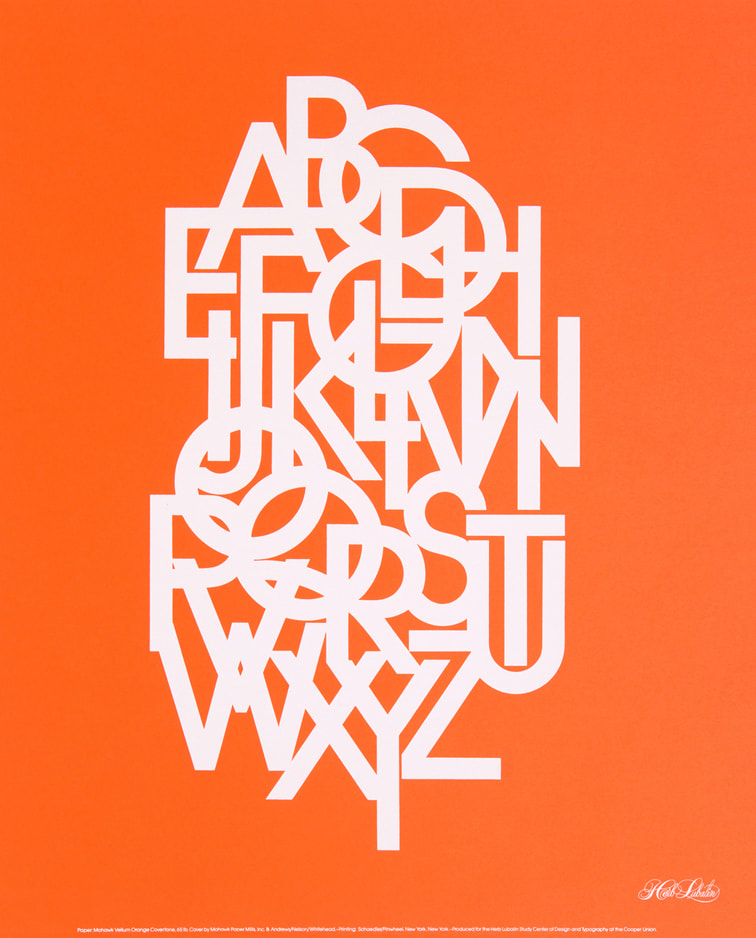
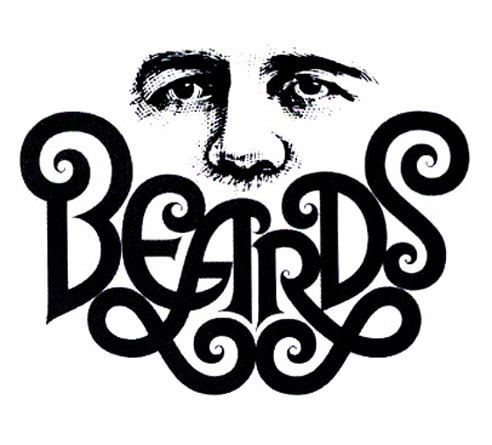
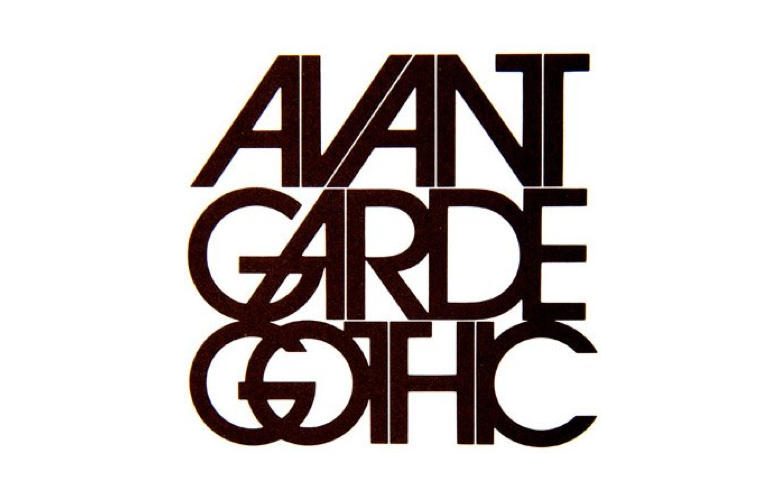
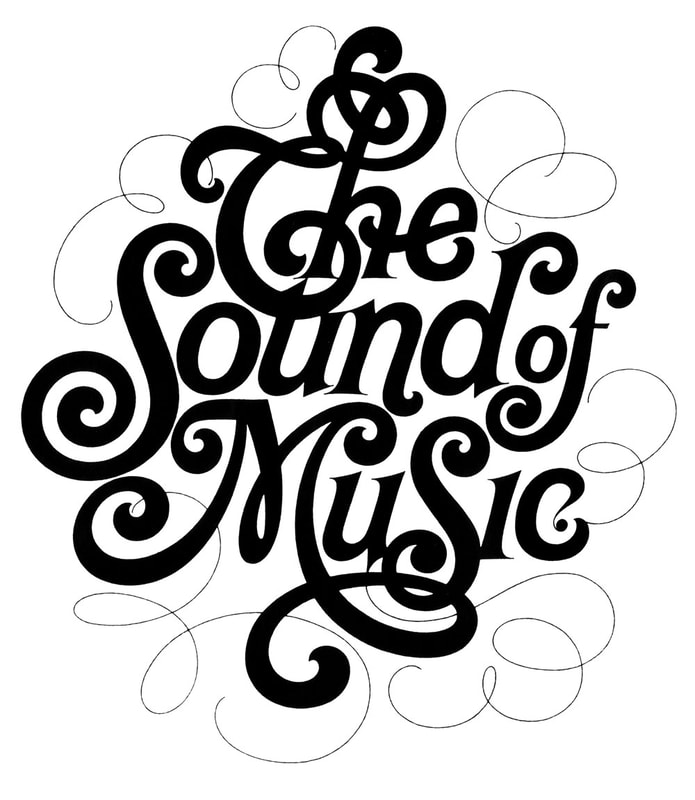
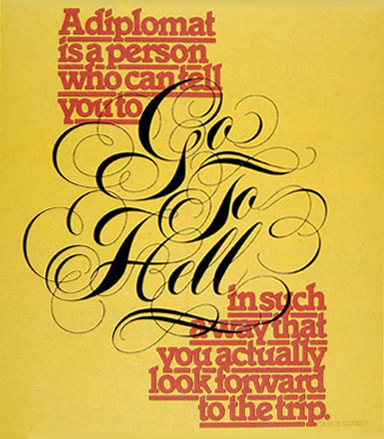

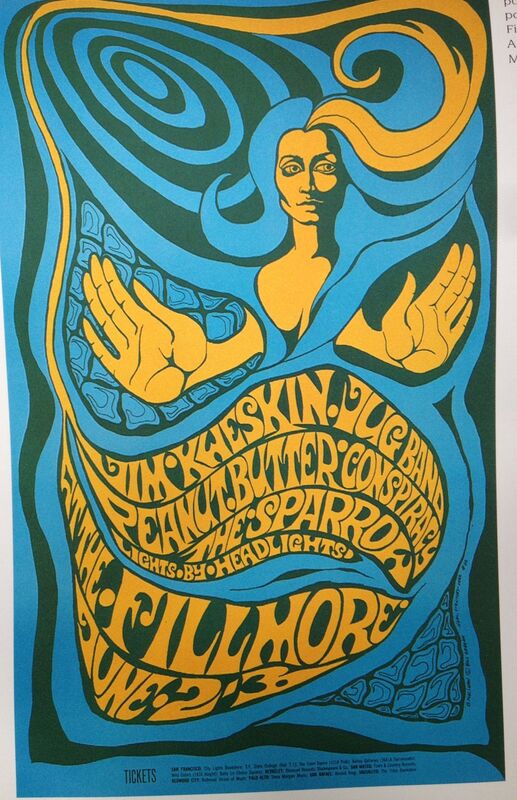
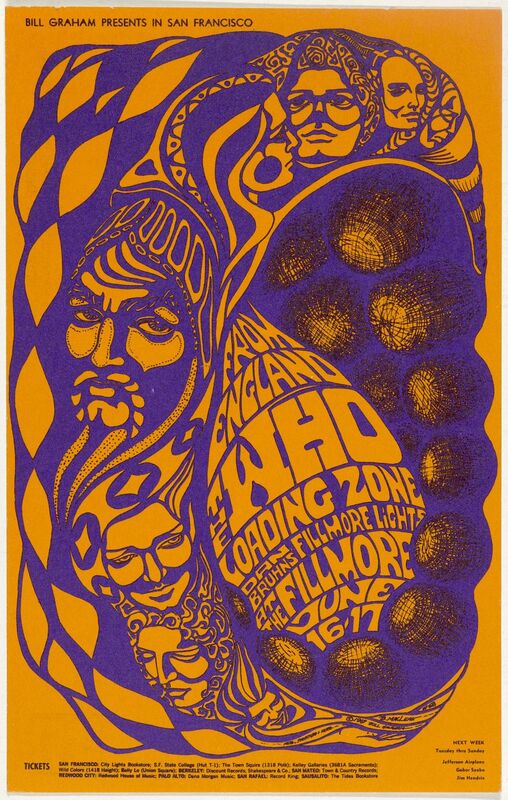
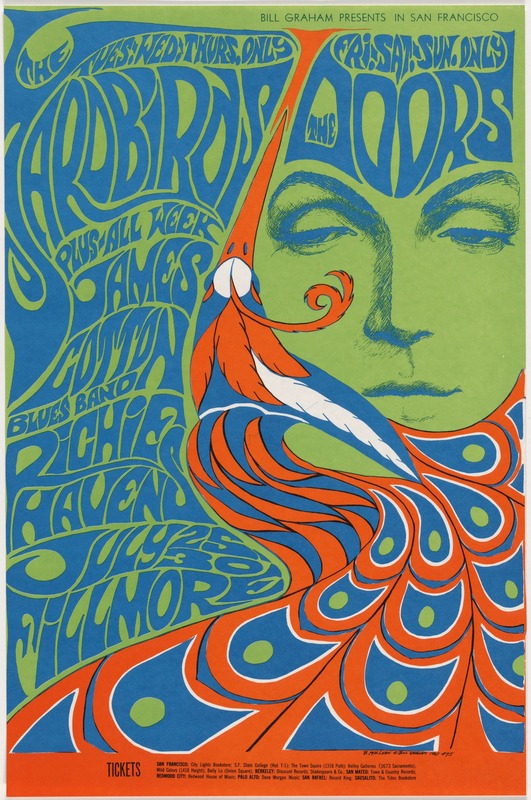
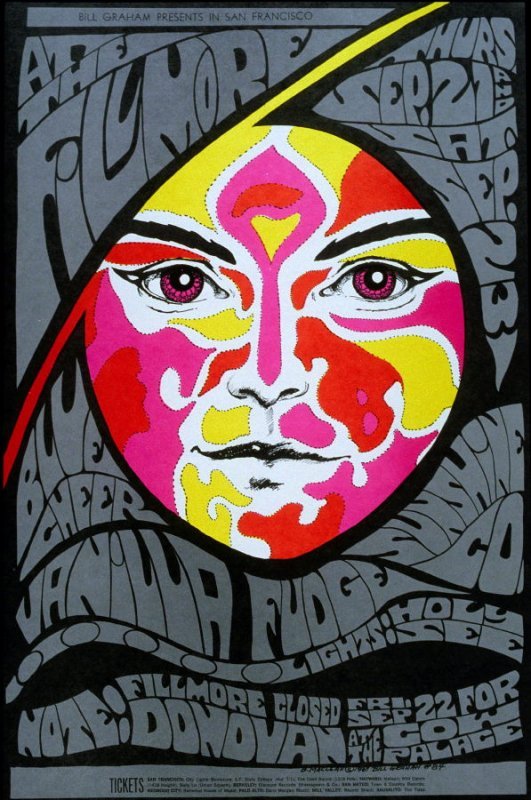
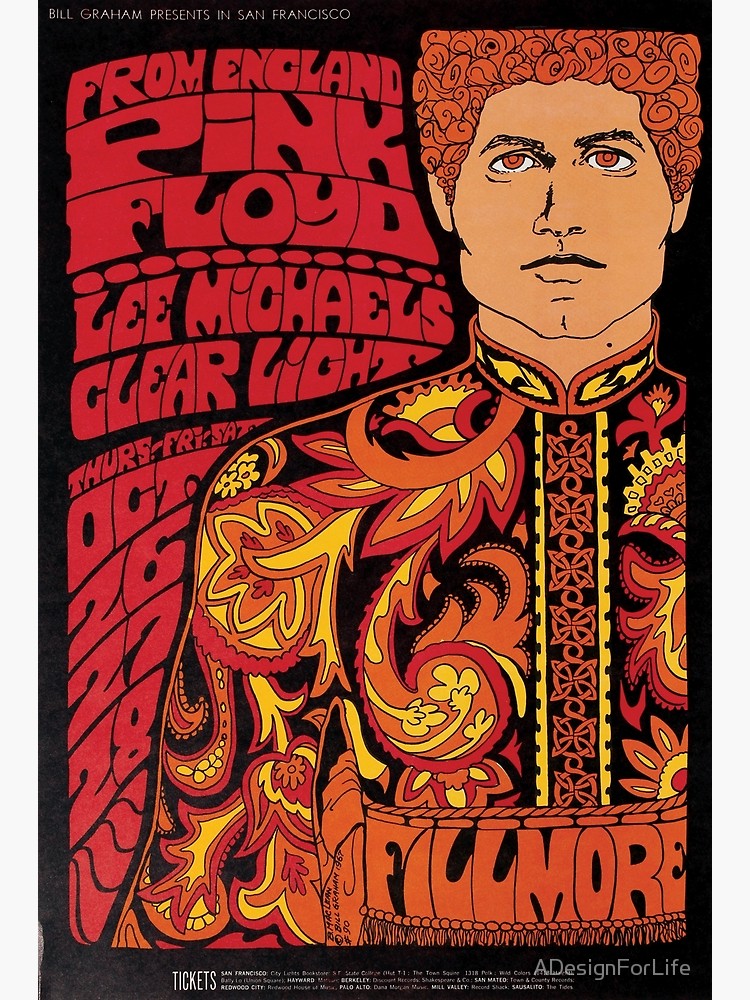
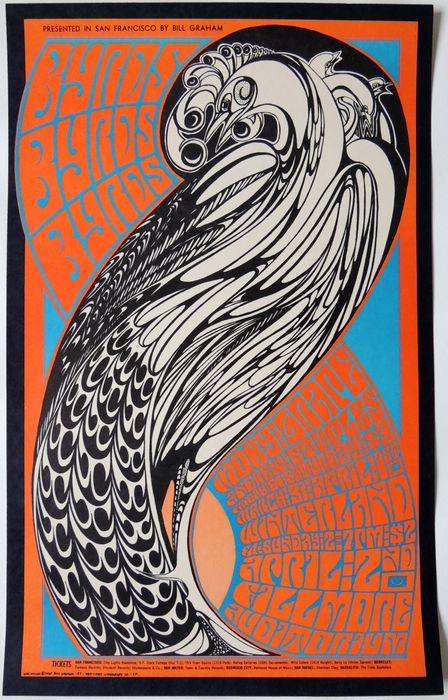
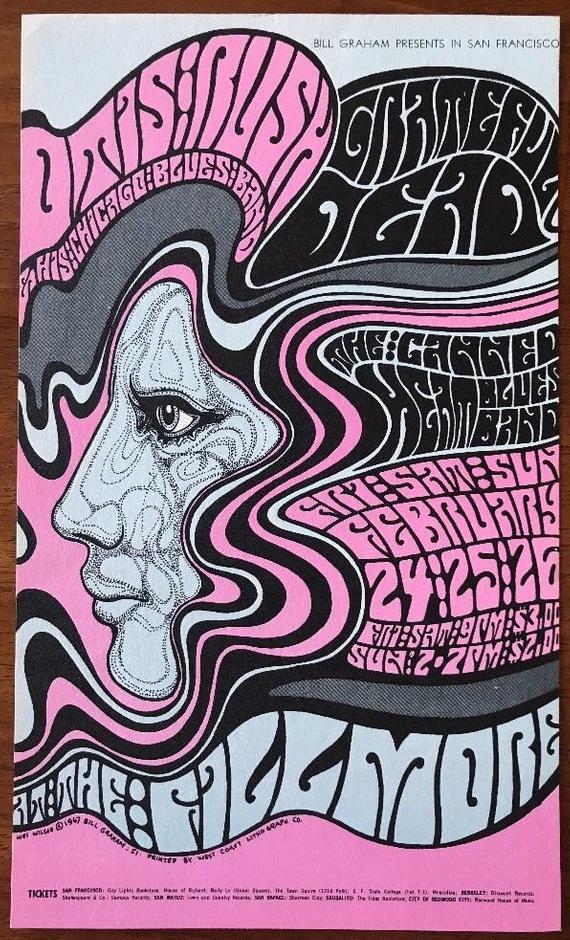
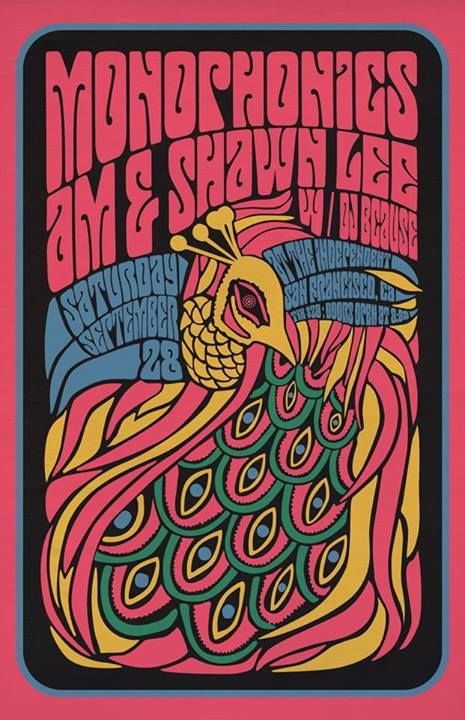

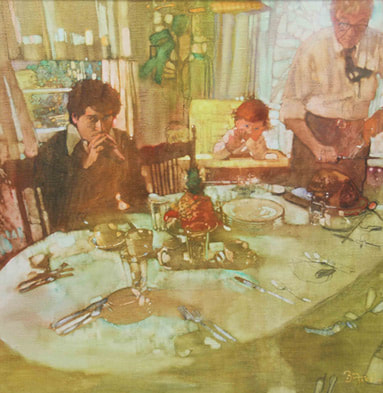
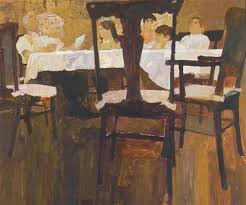
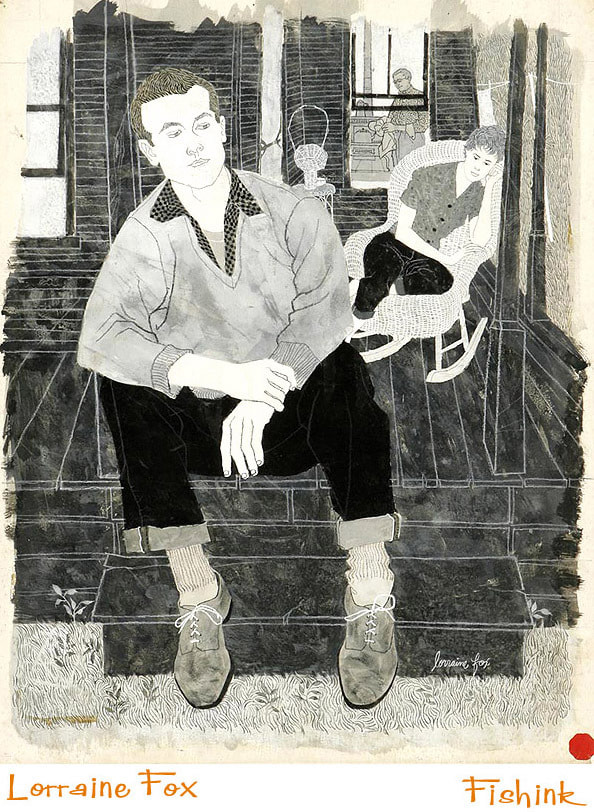
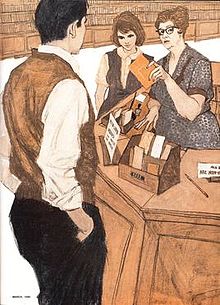
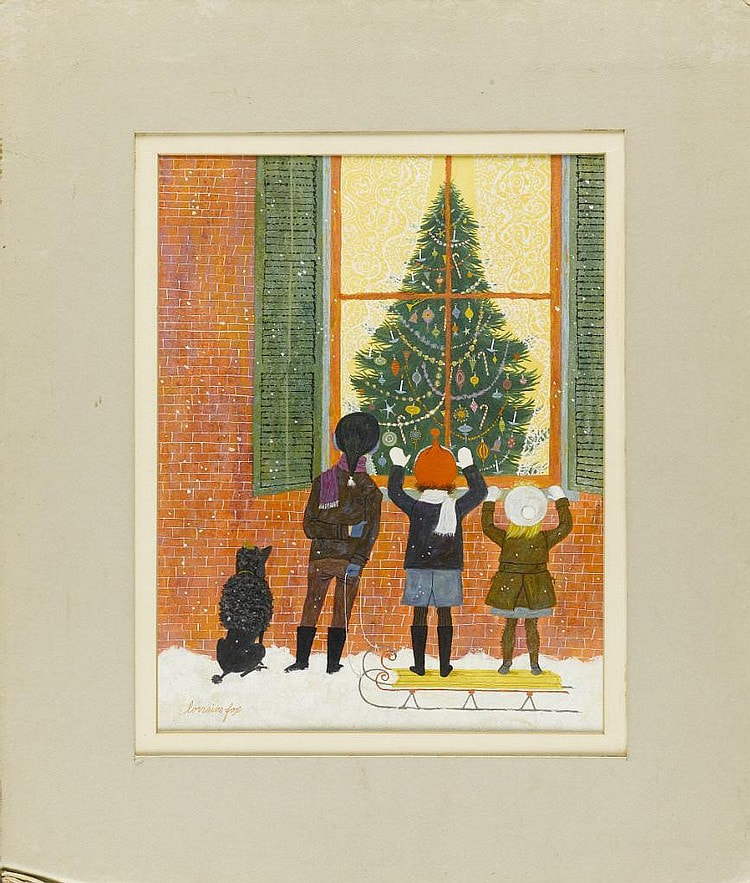



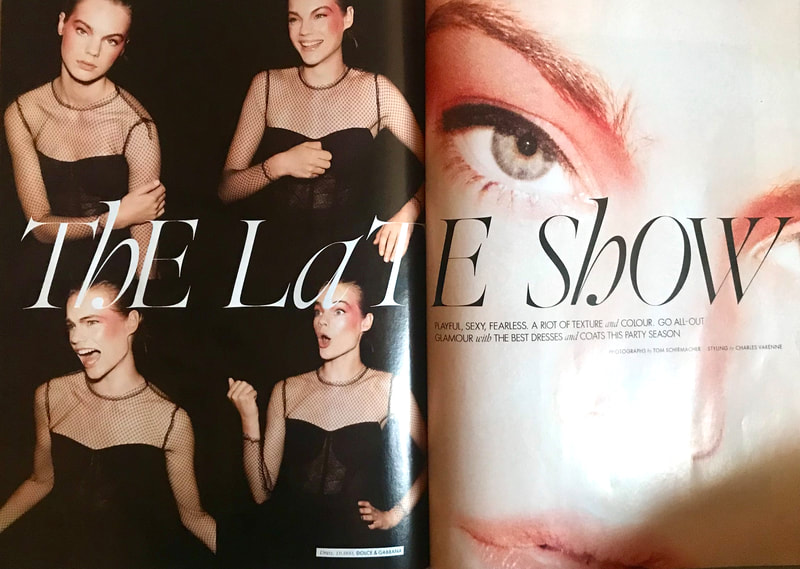
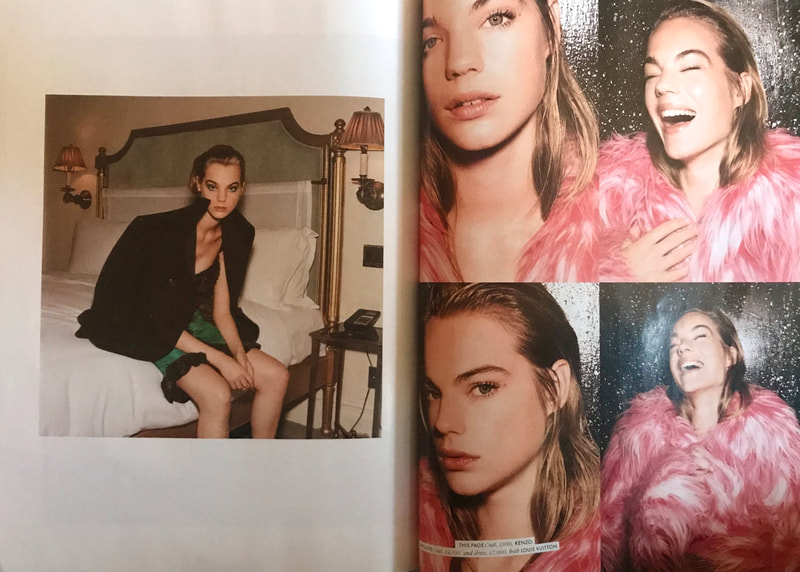
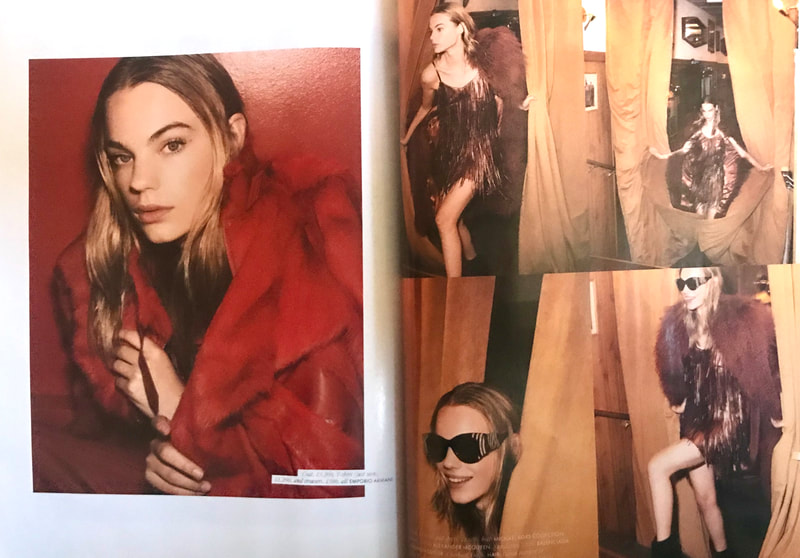
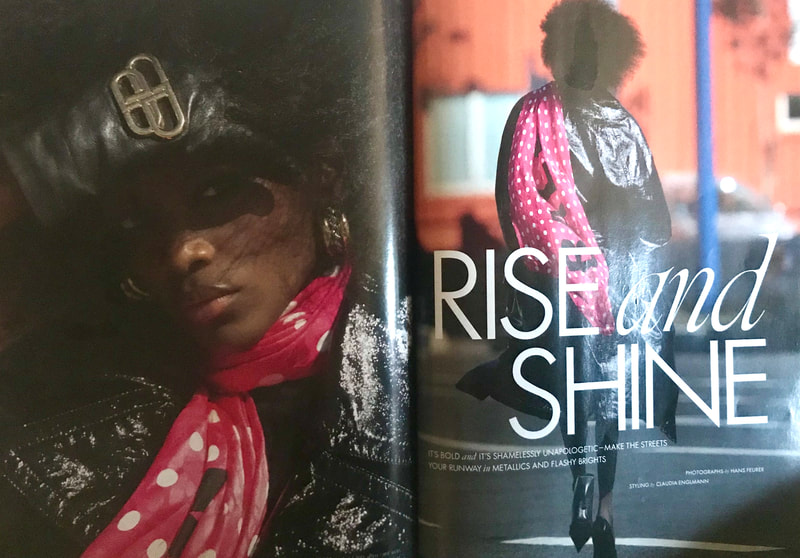
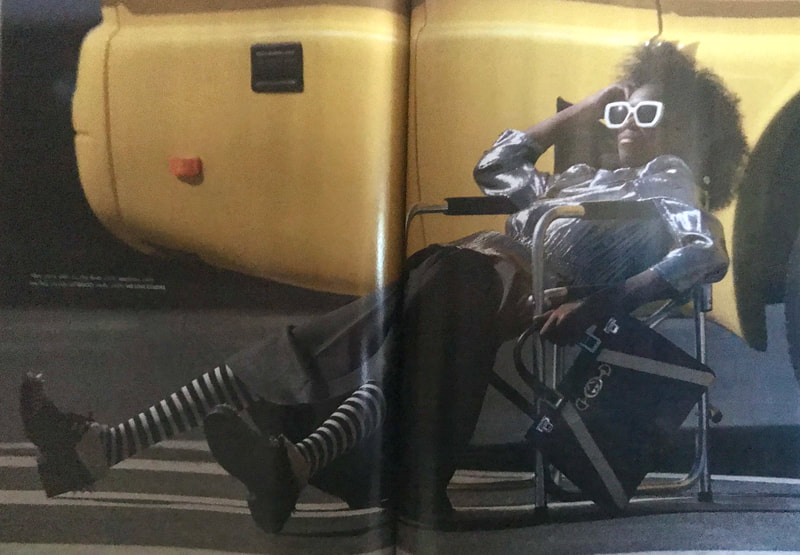
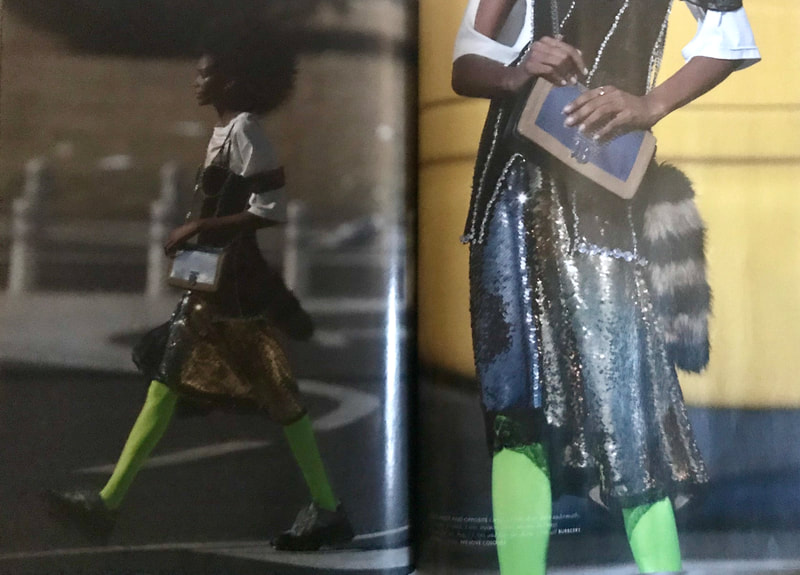
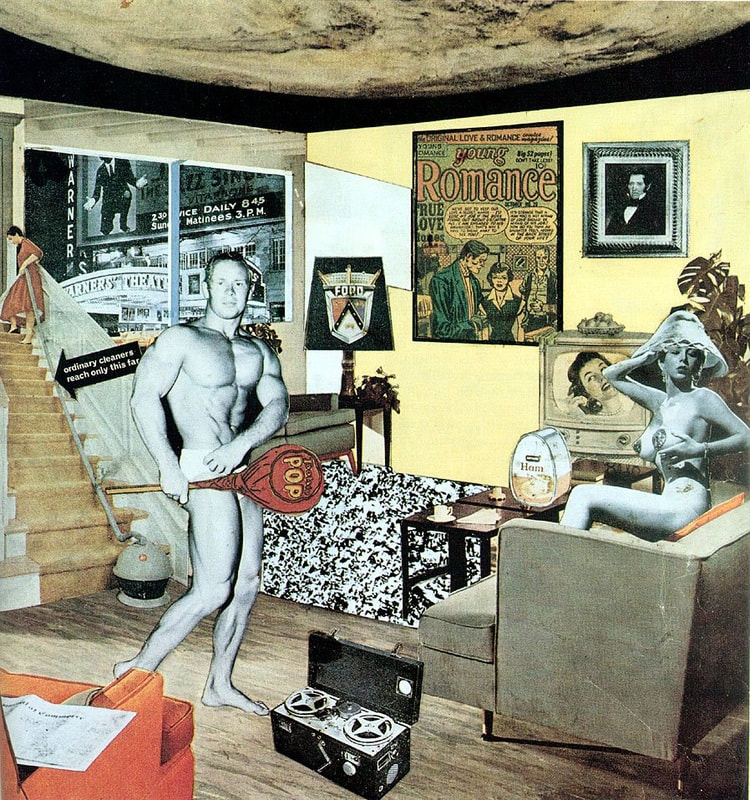

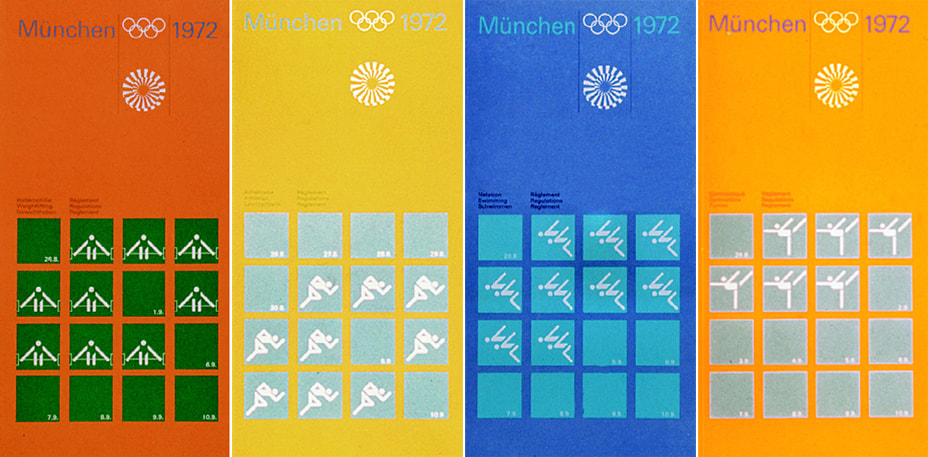
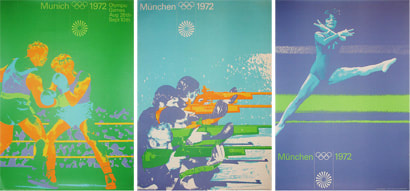
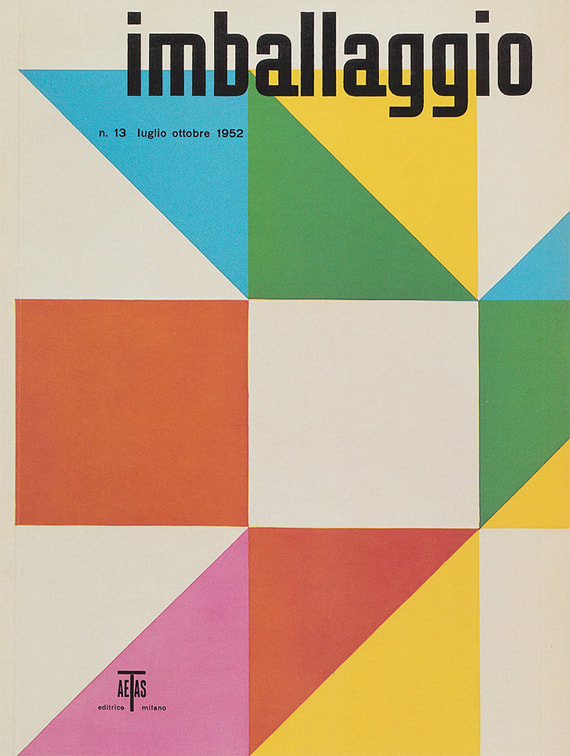
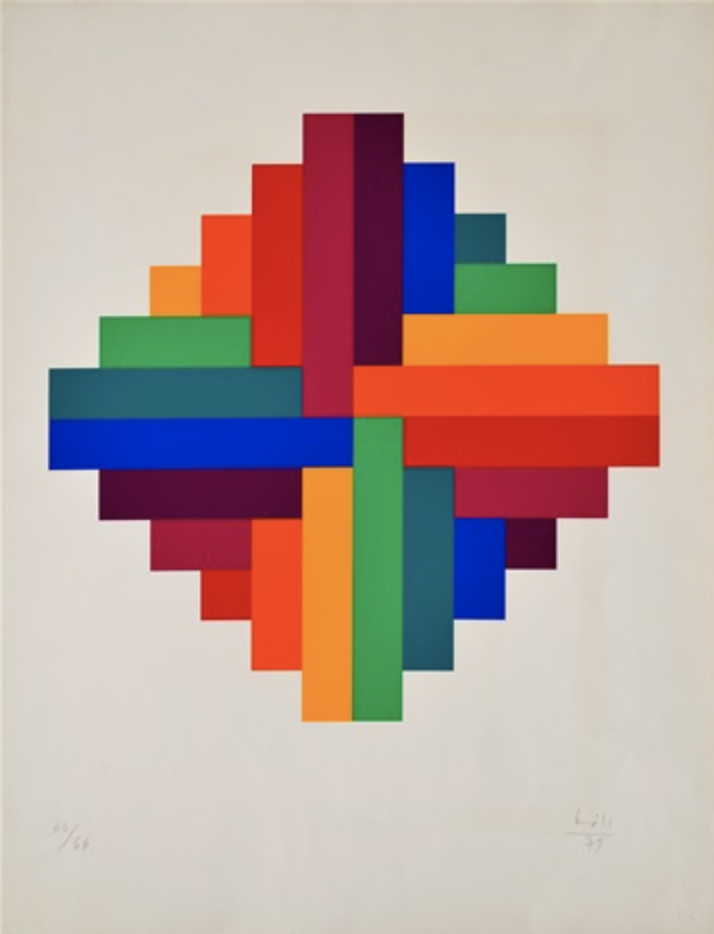
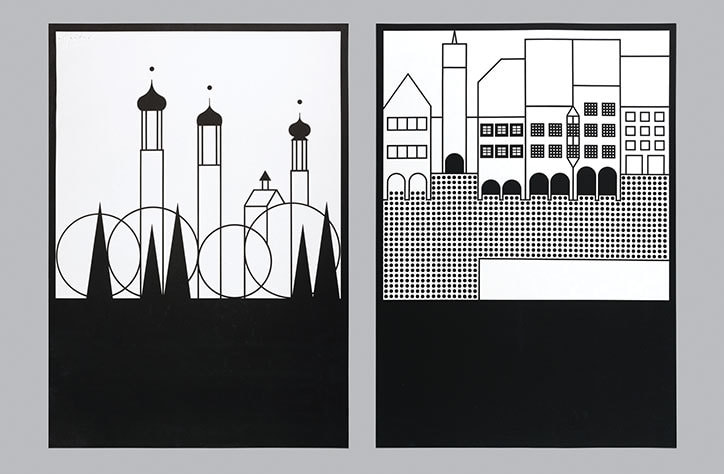
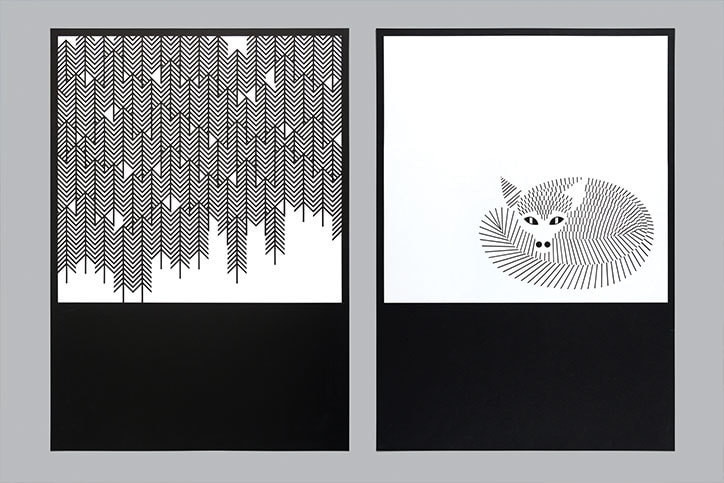
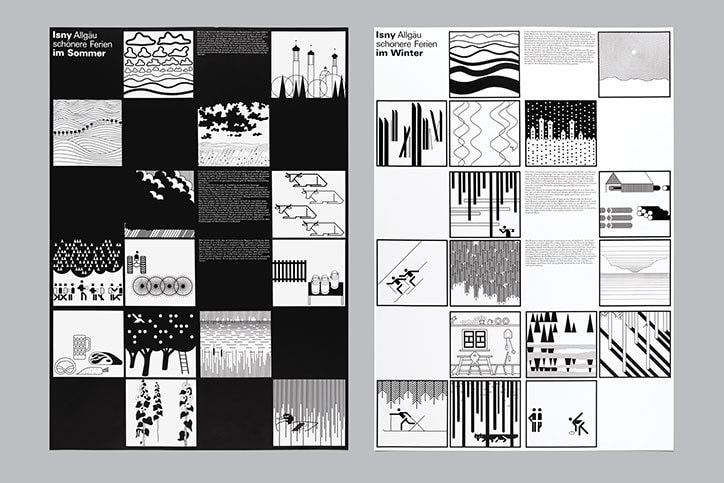
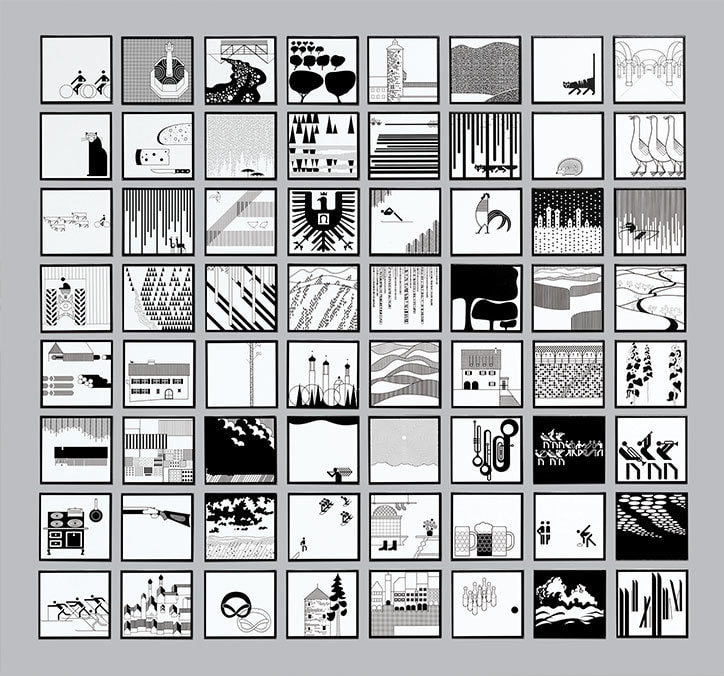
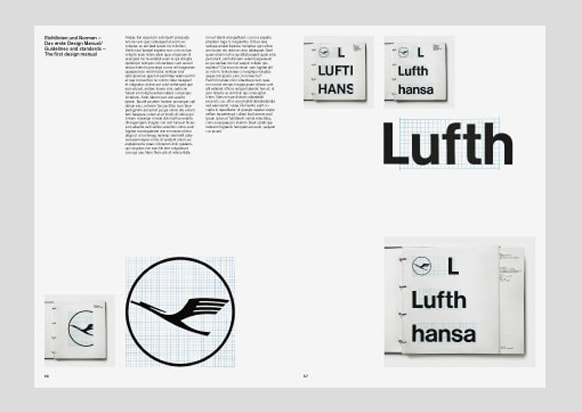

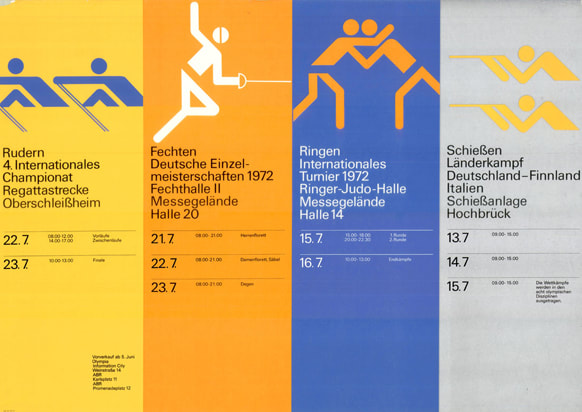
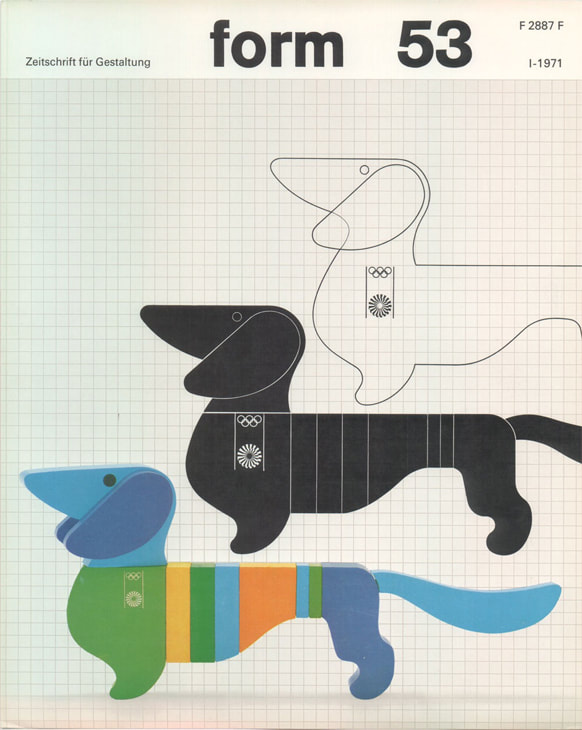


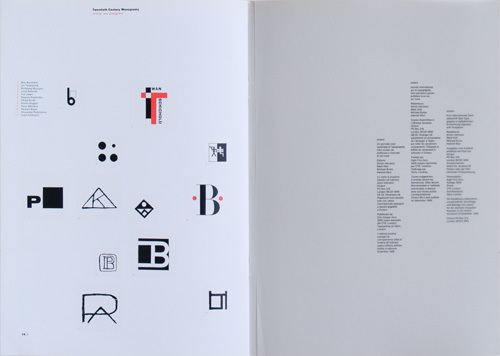
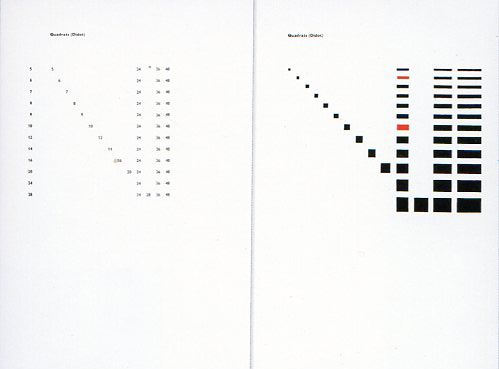
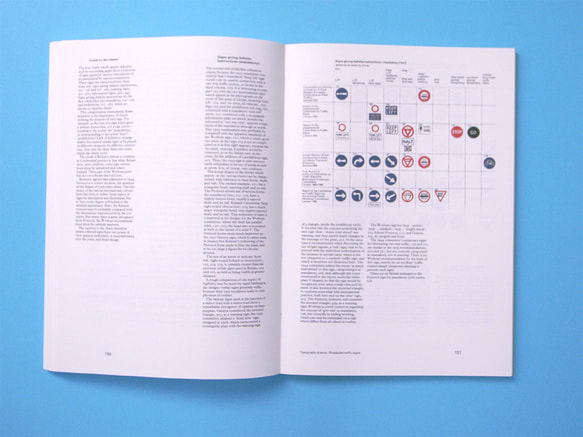
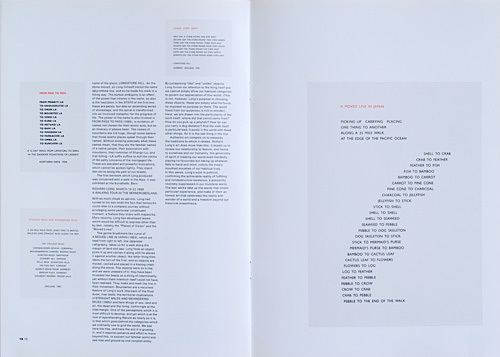
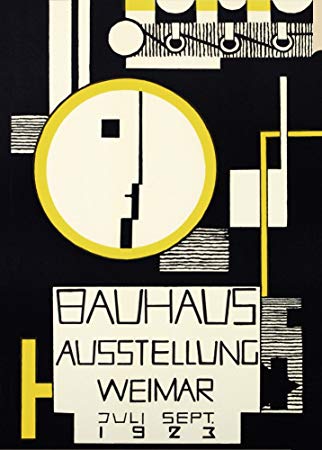
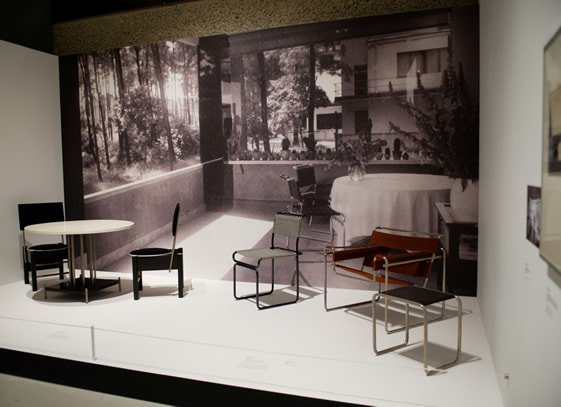


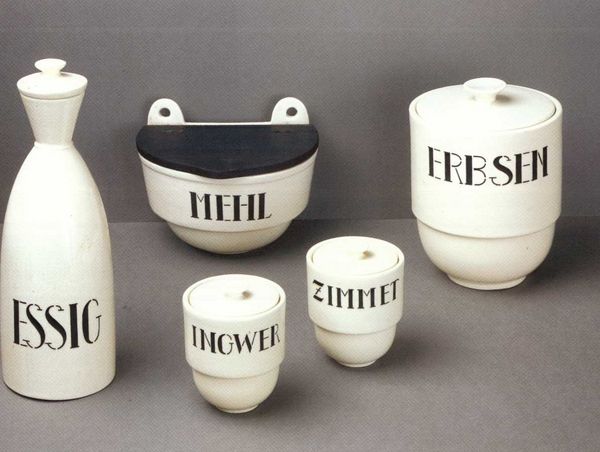
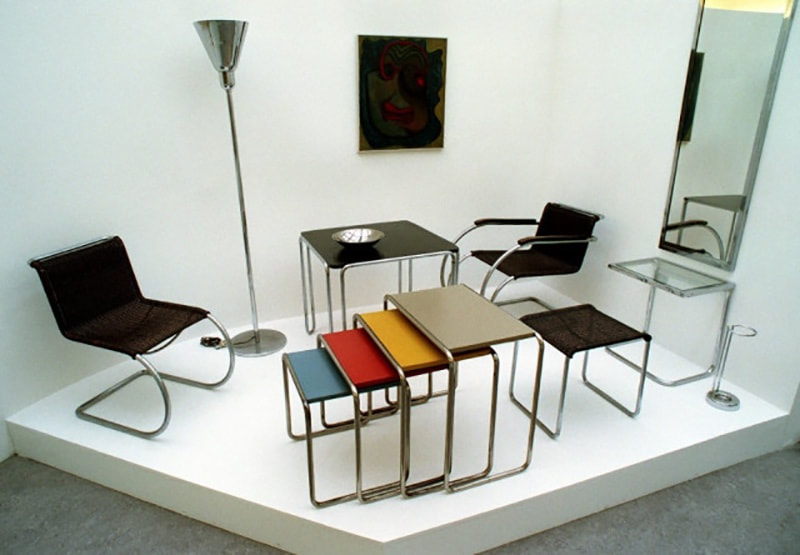
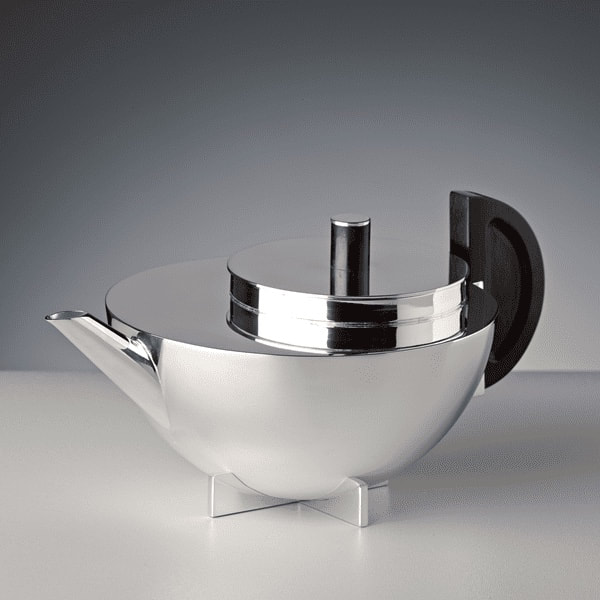
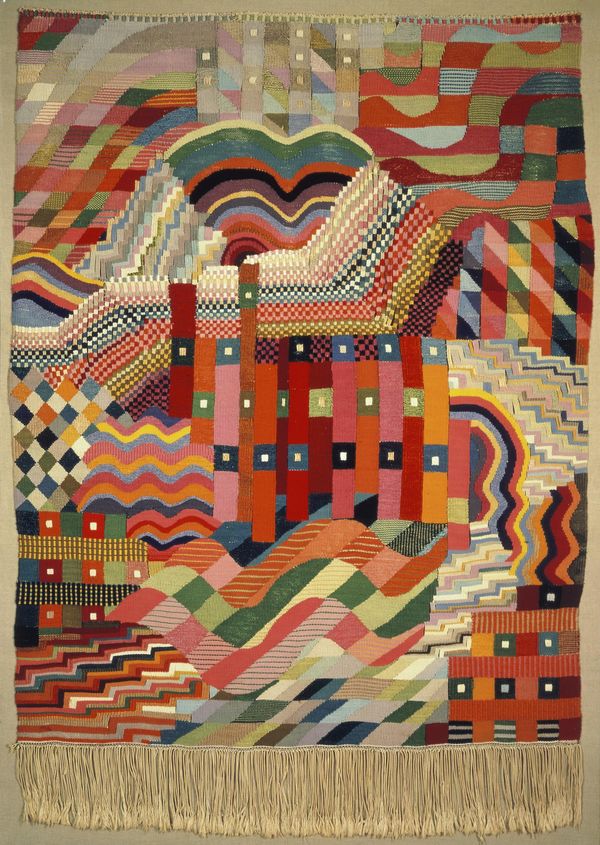
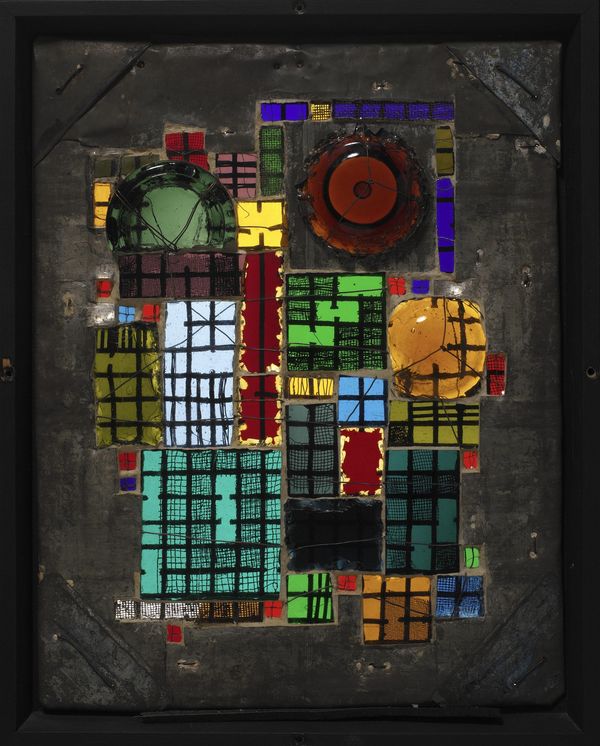
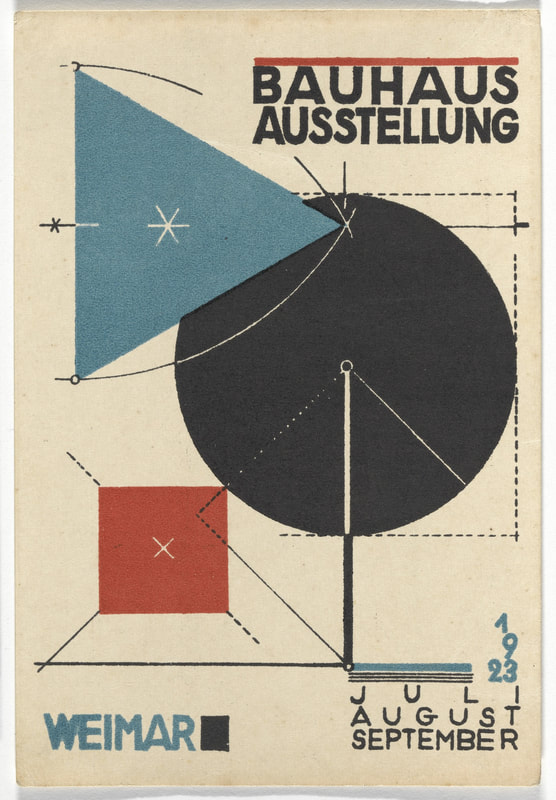
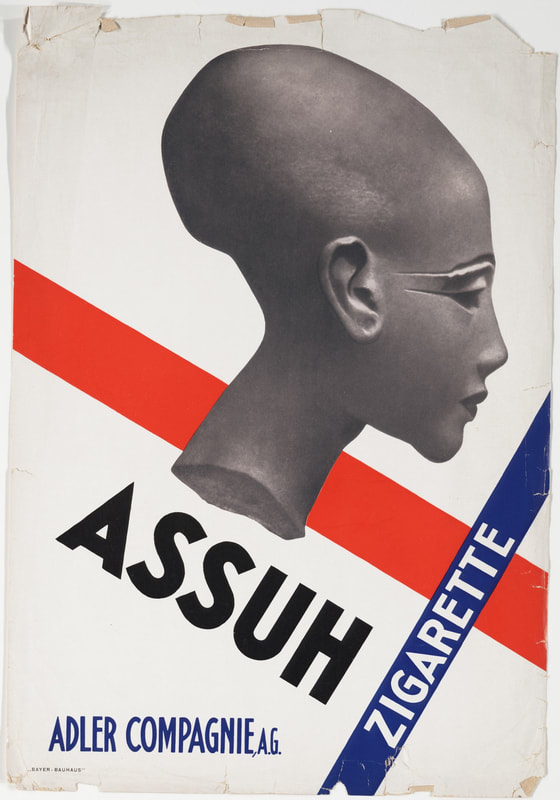
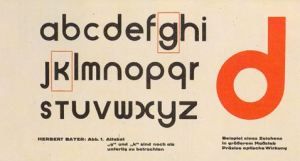


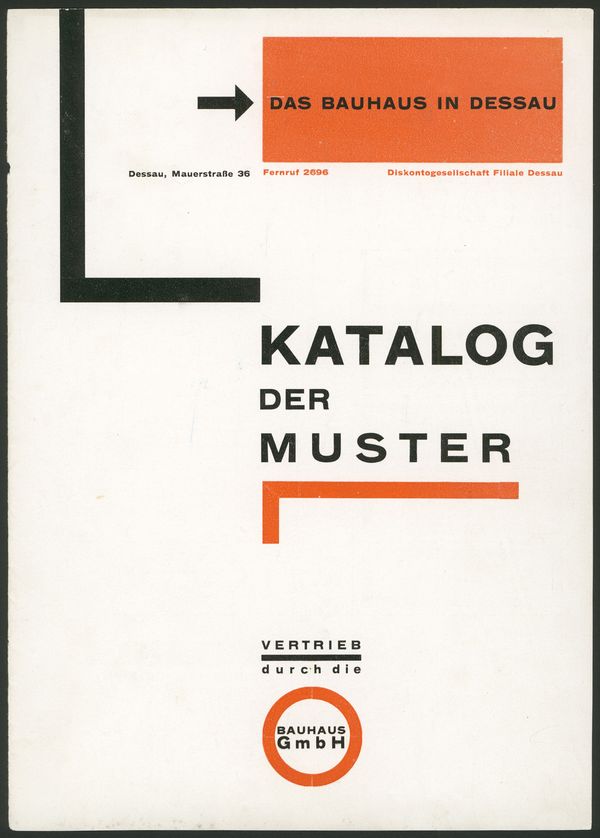
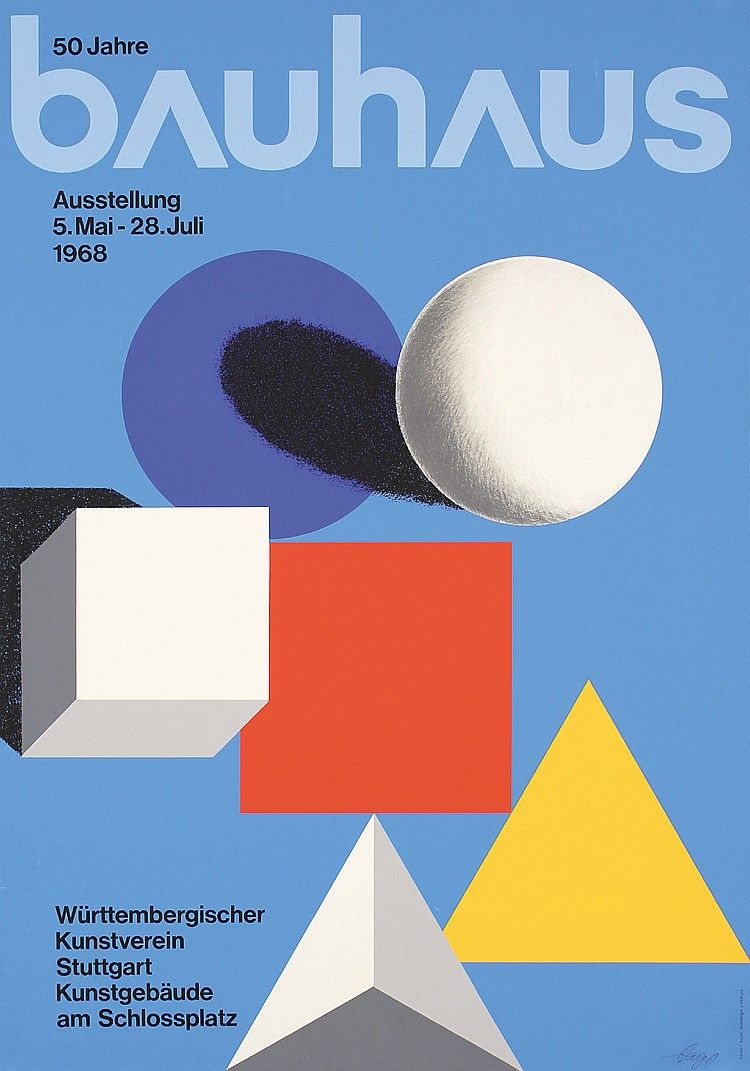
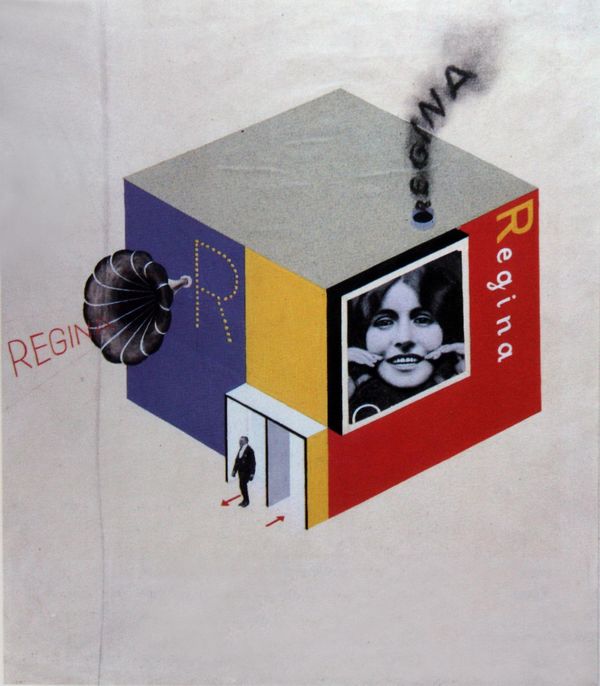
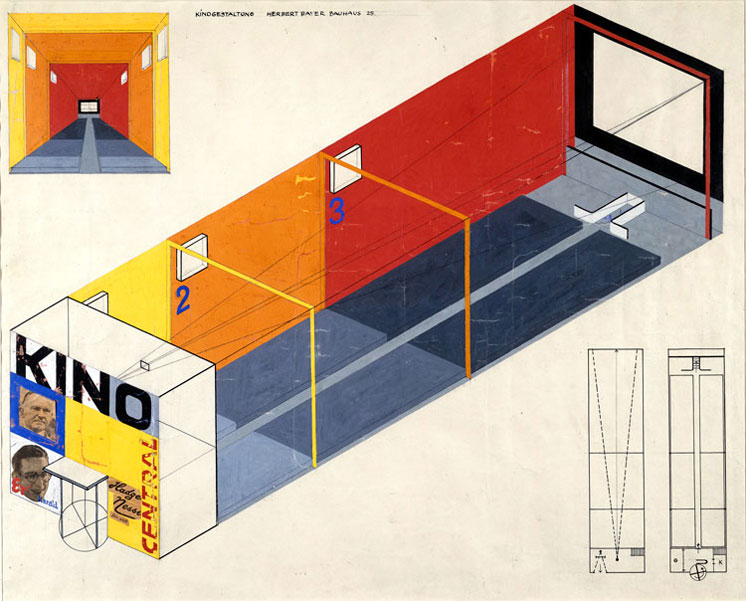
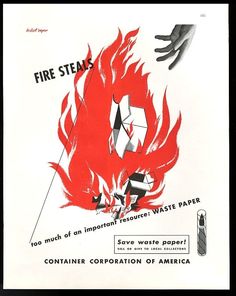
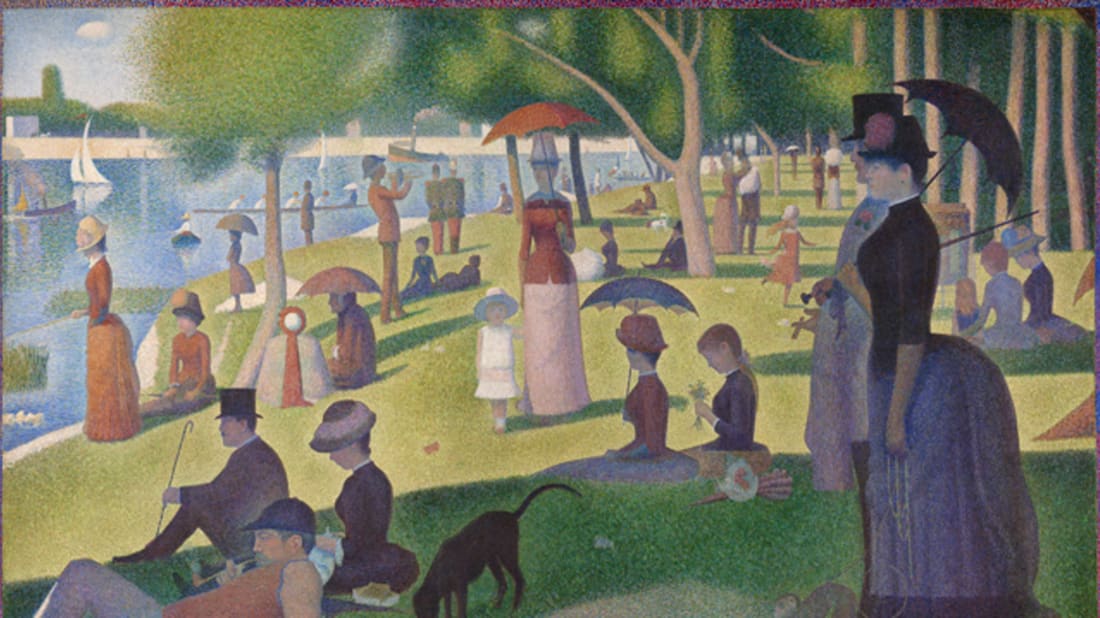
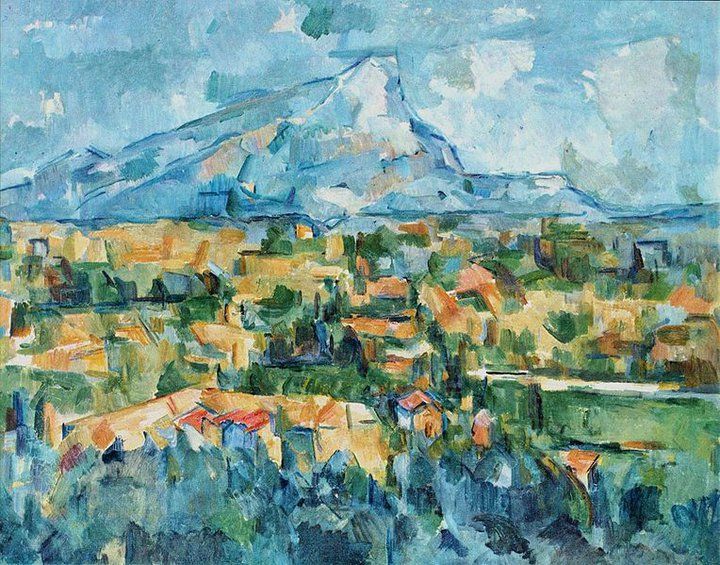
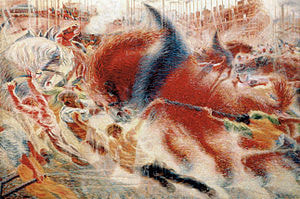

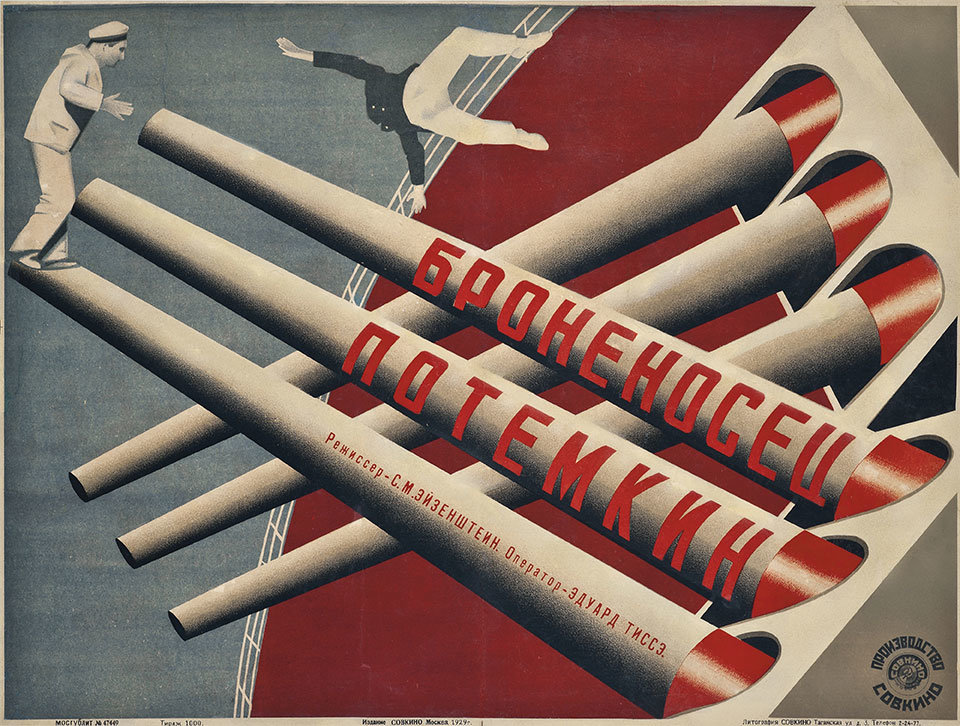
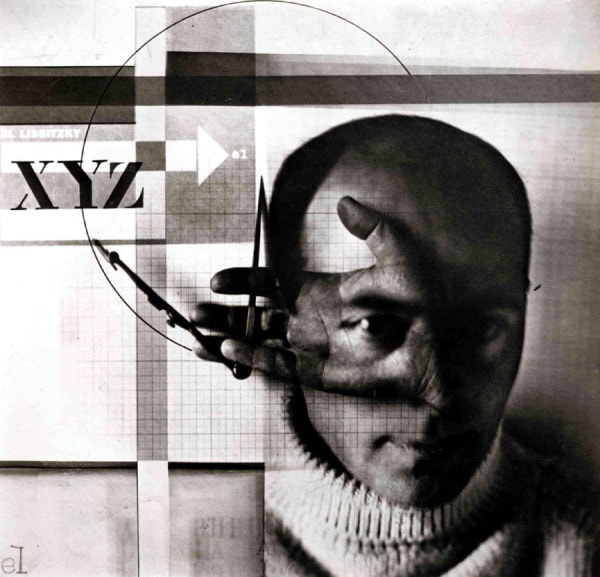
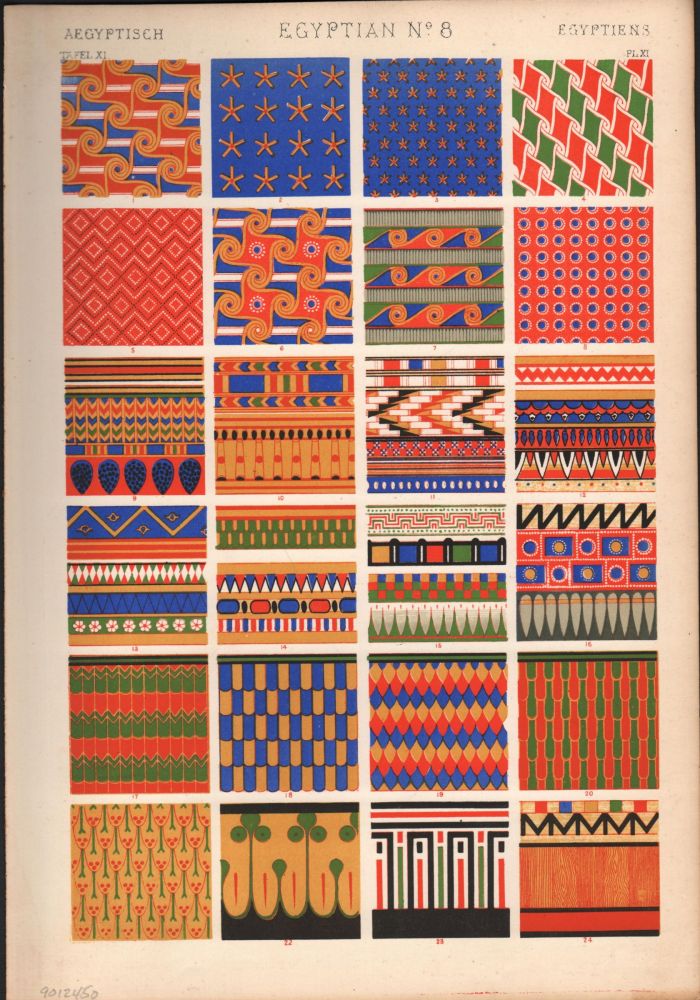
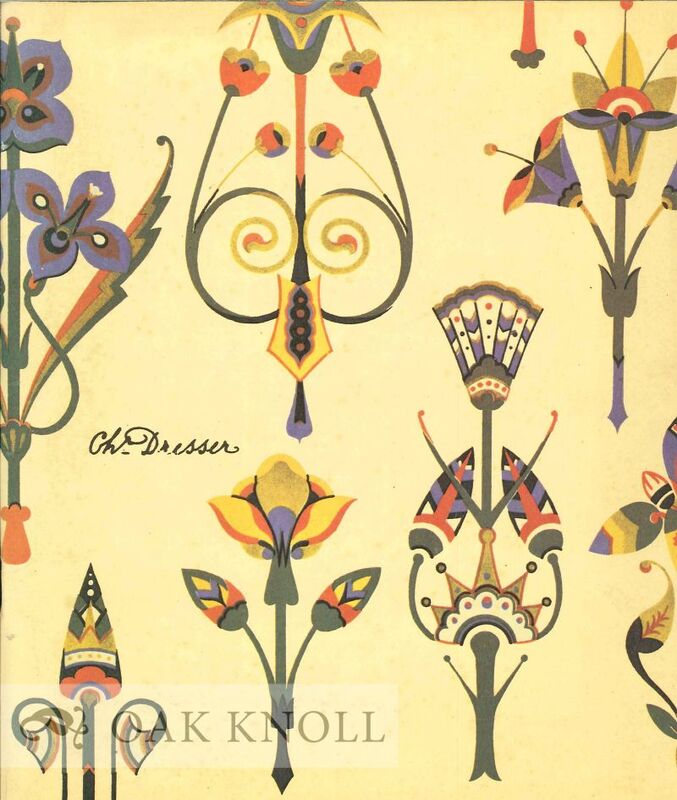
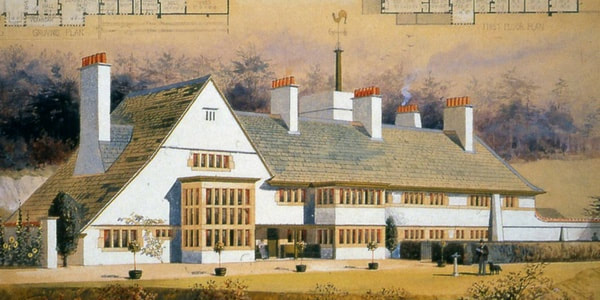
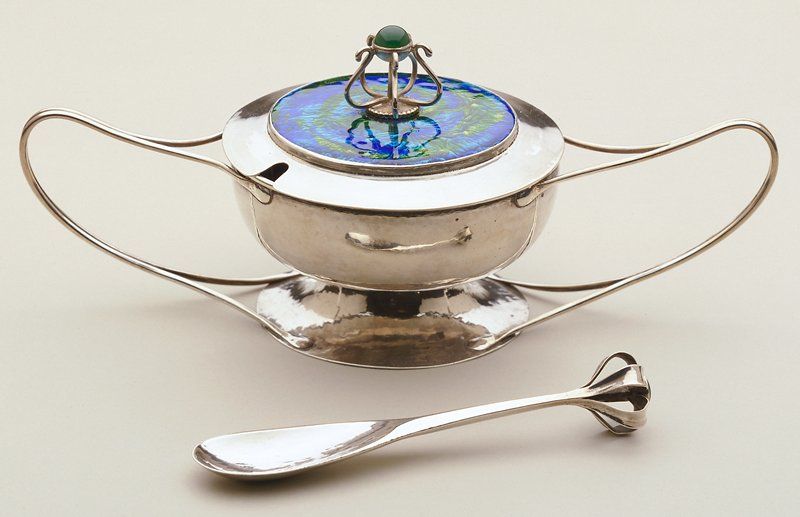
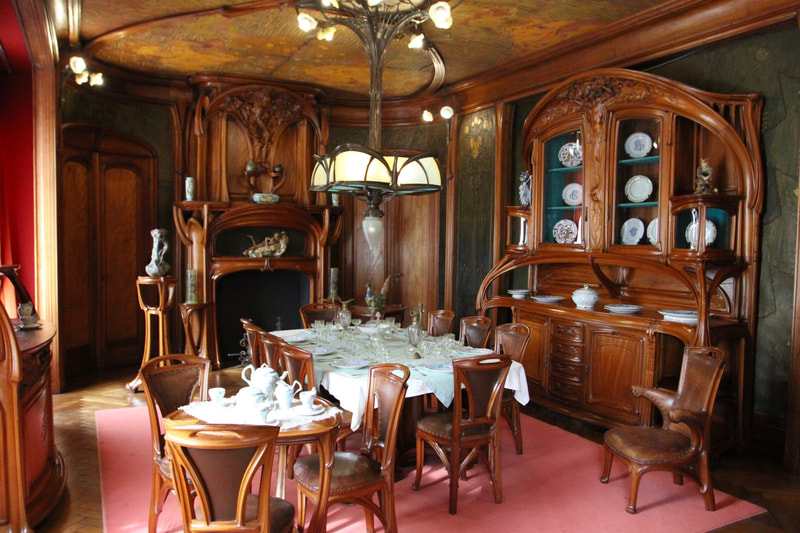
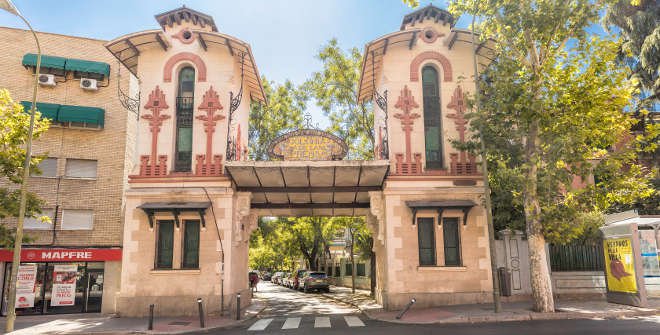
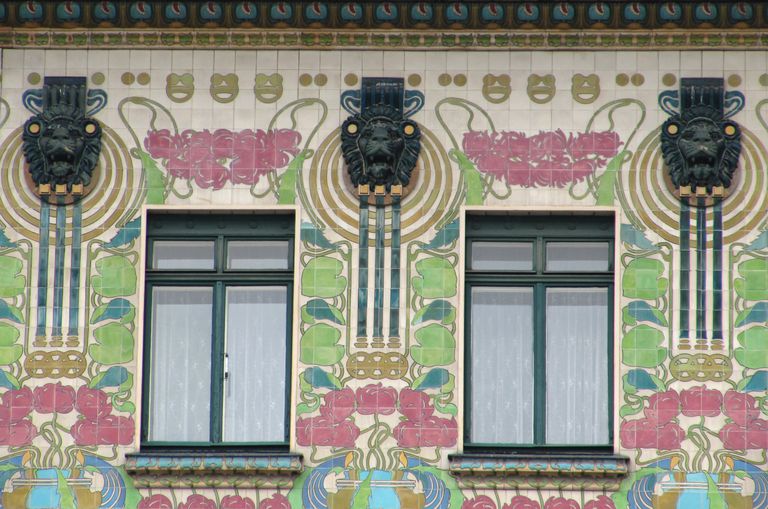
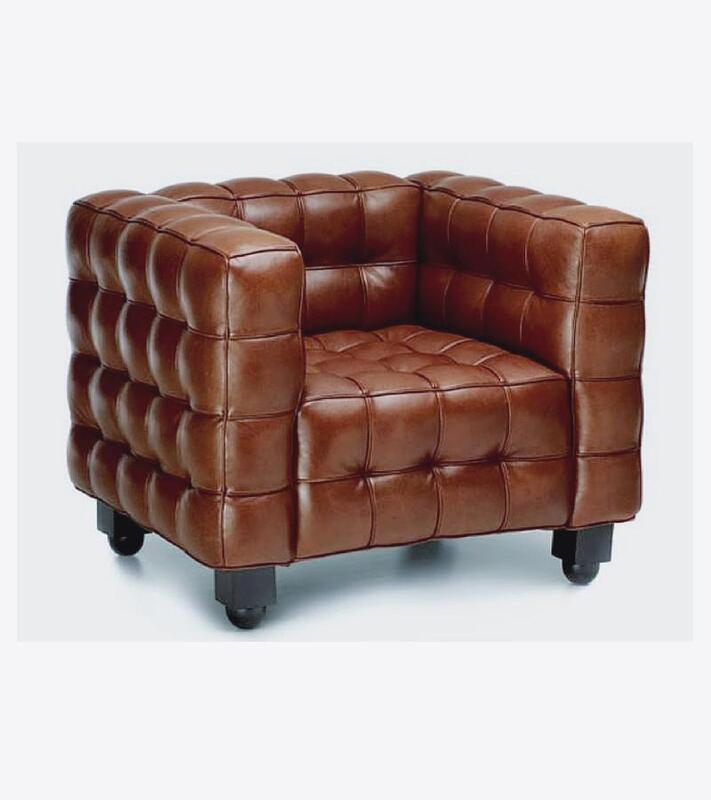
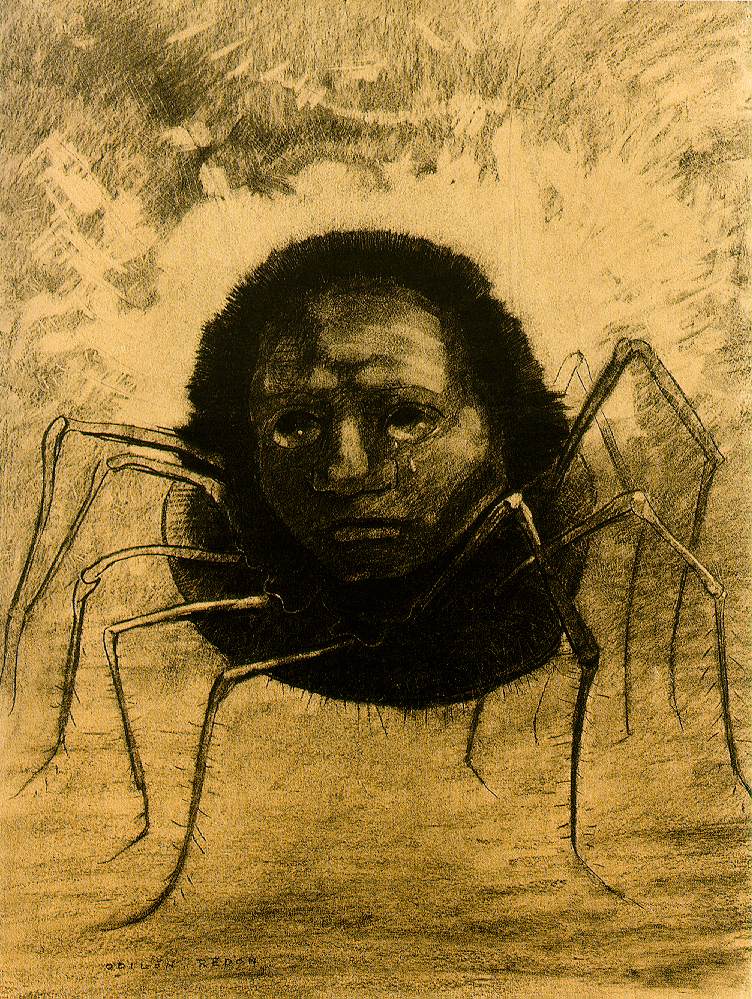
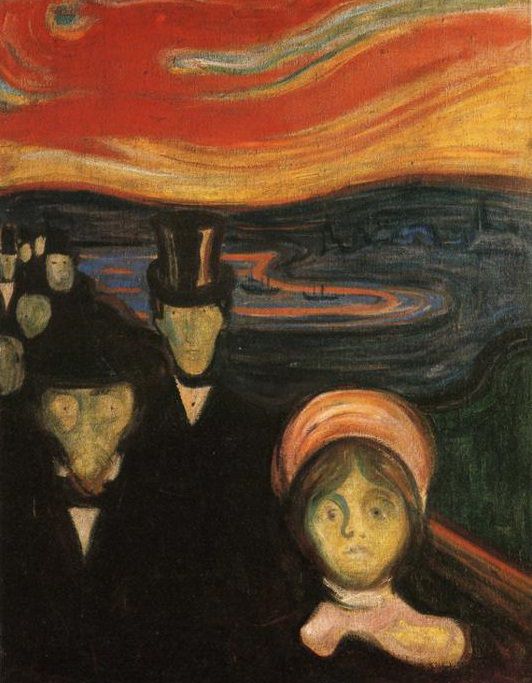
 RSS Feed
RSS Feed